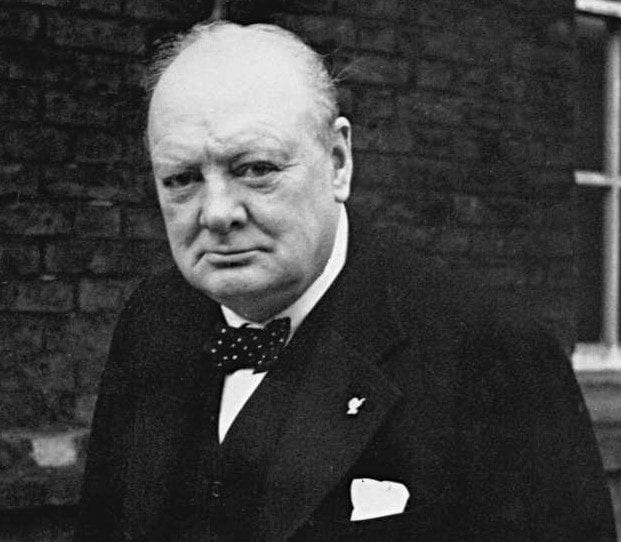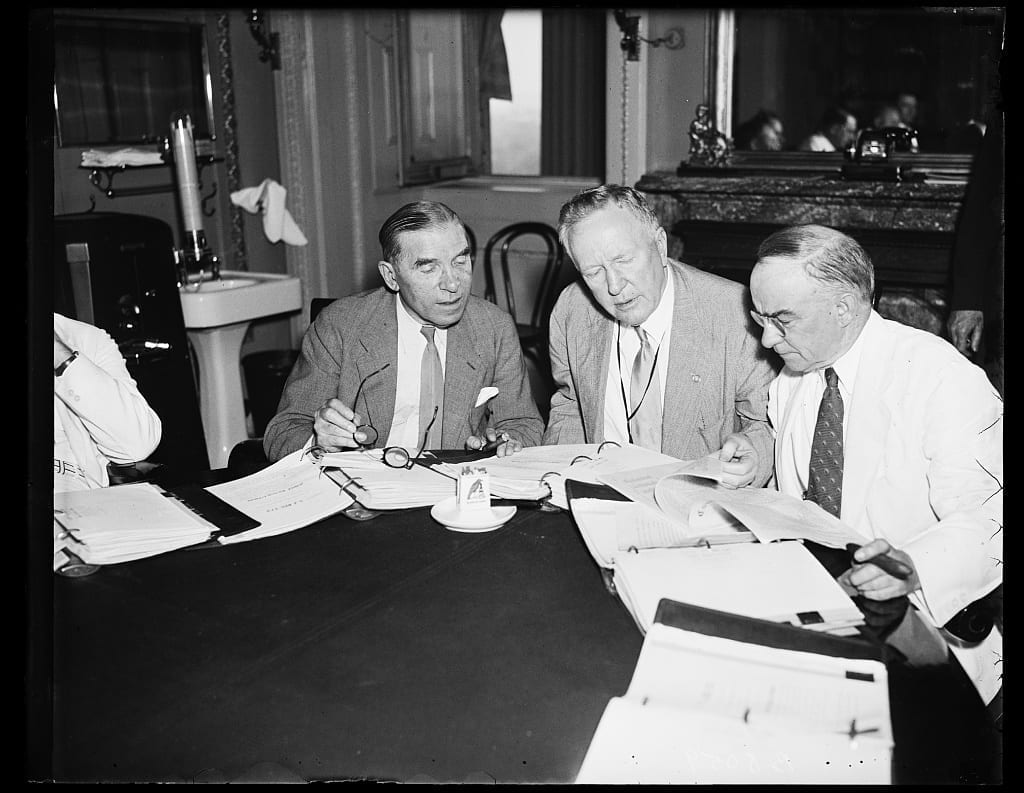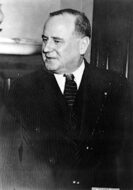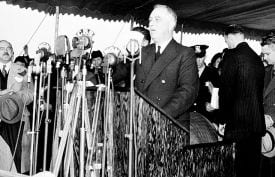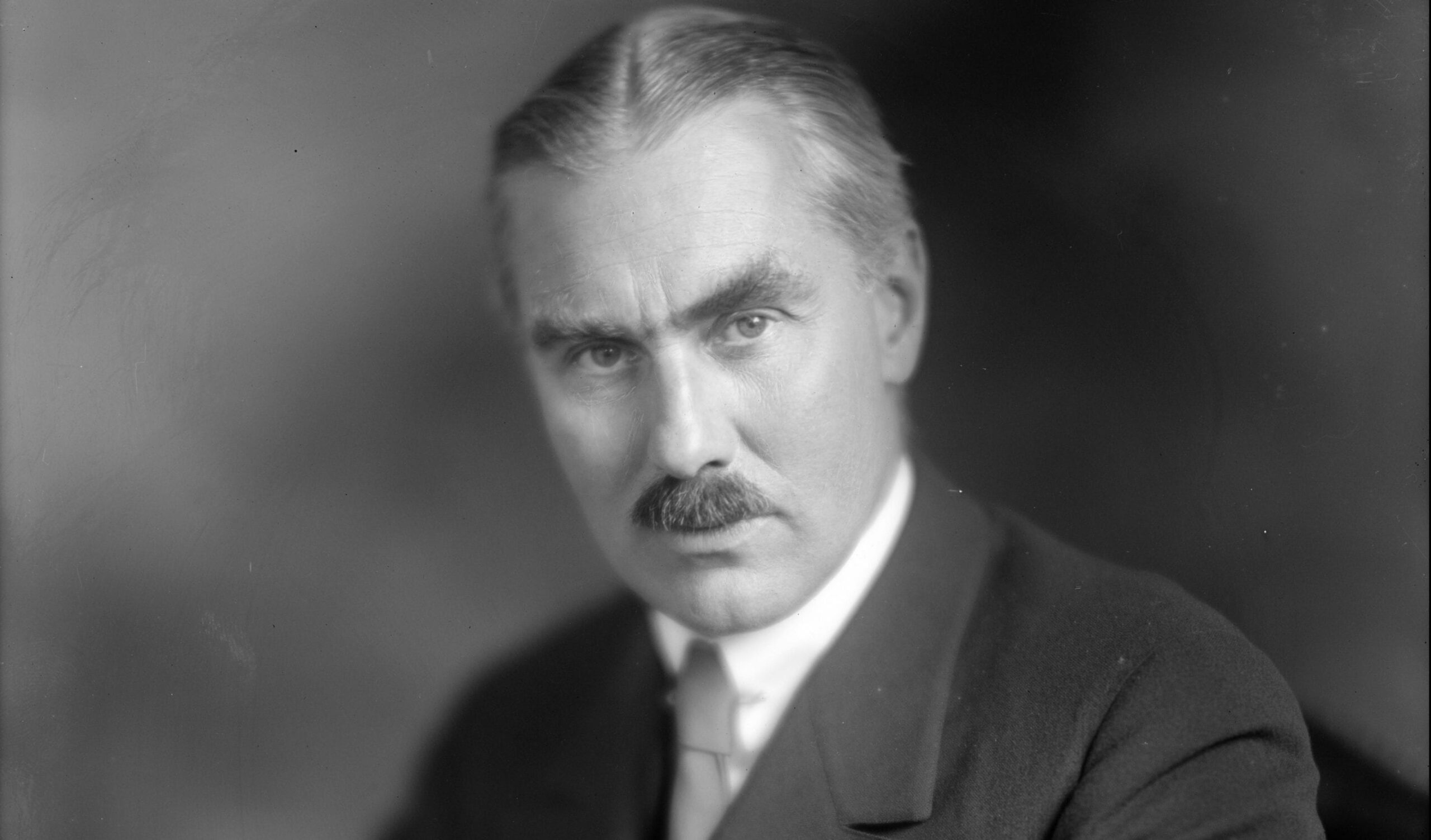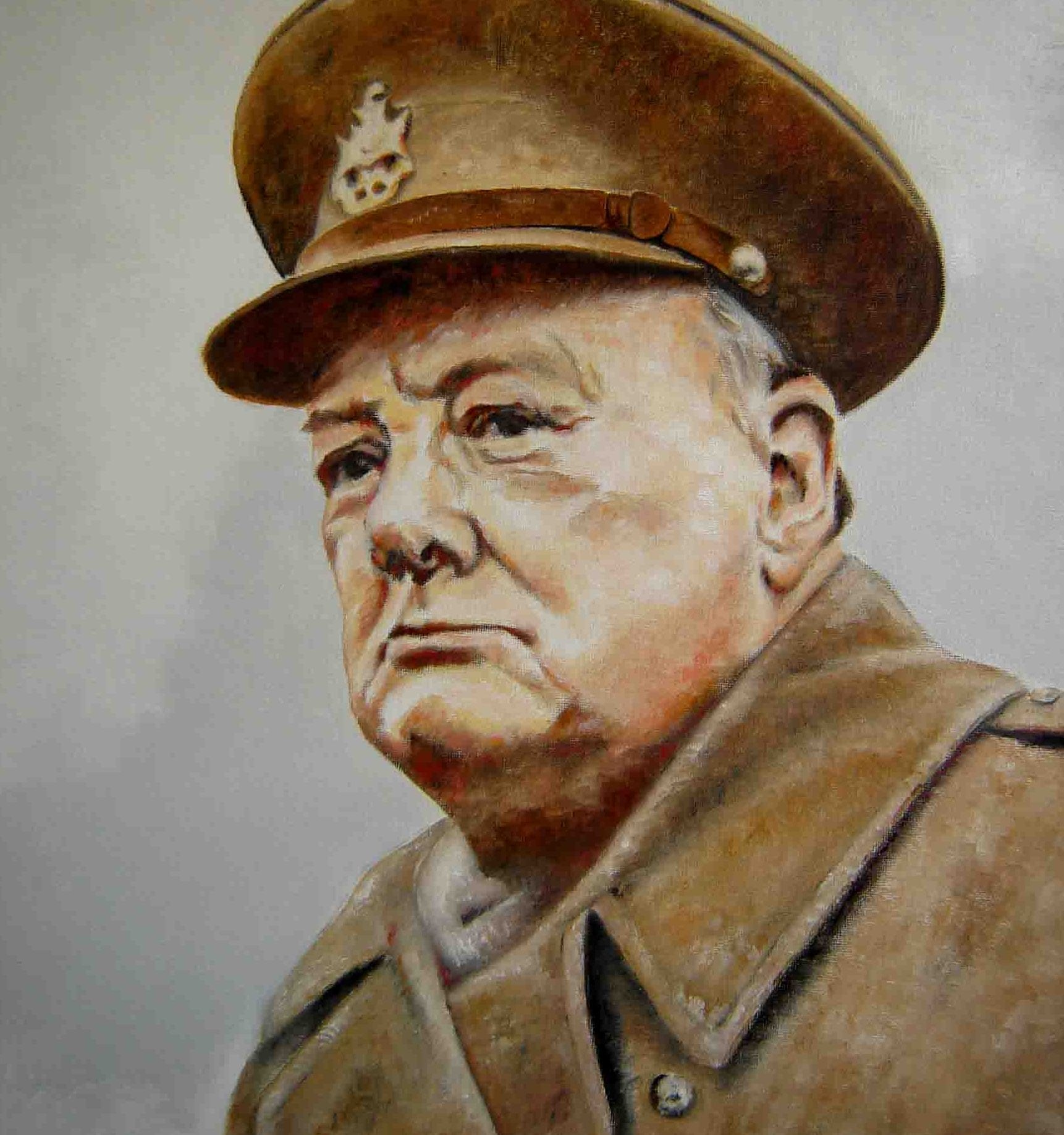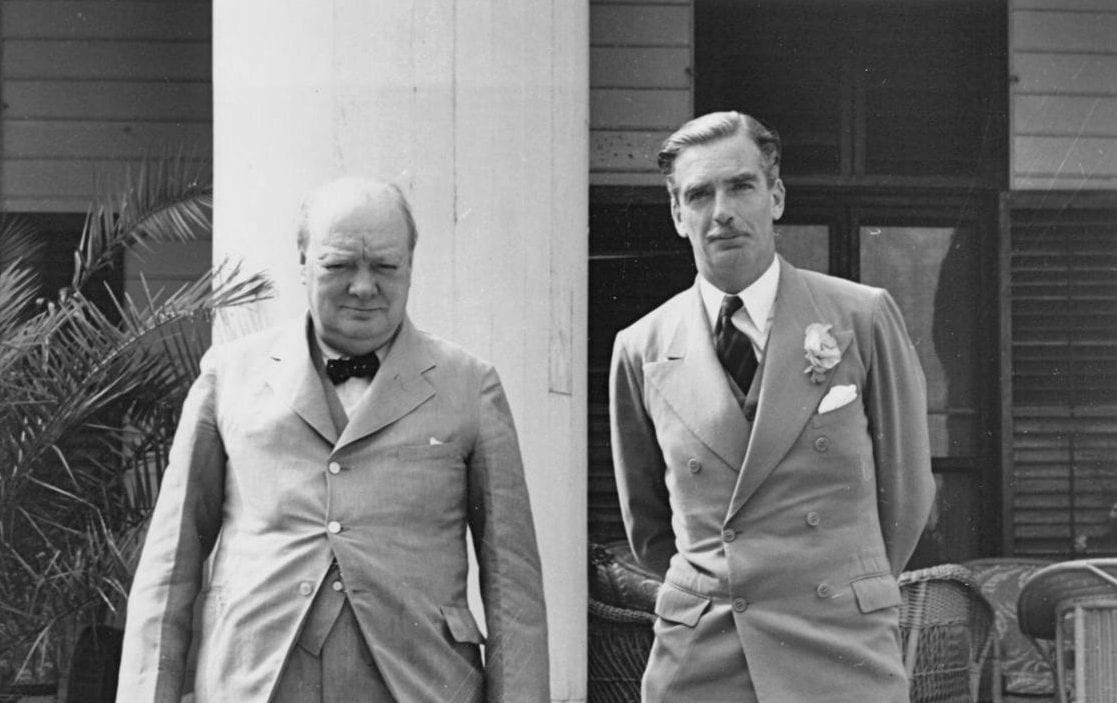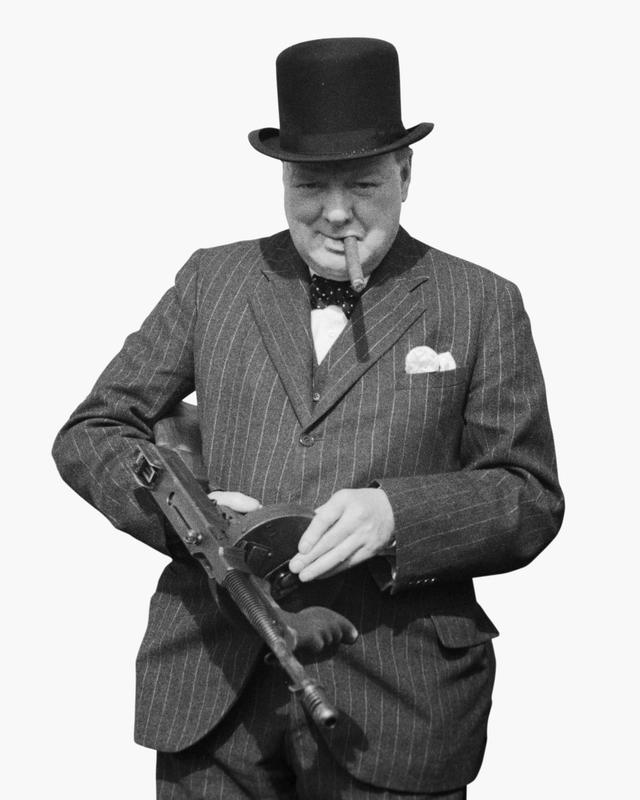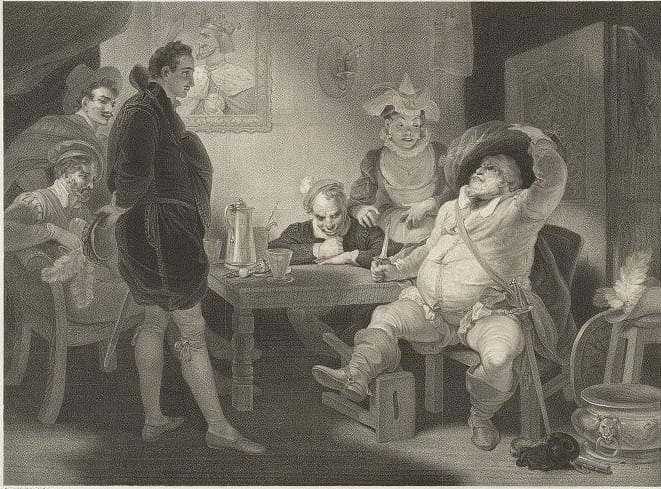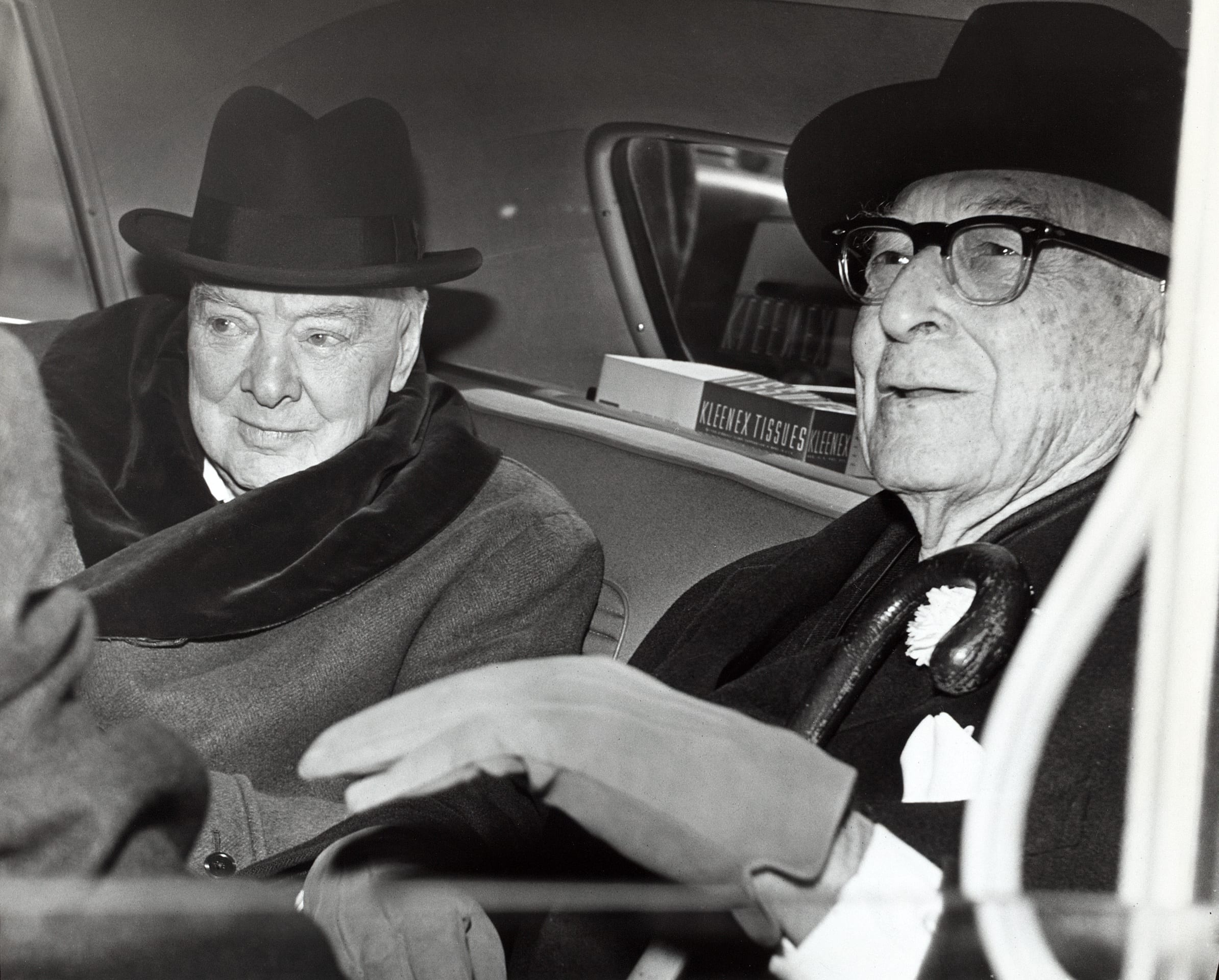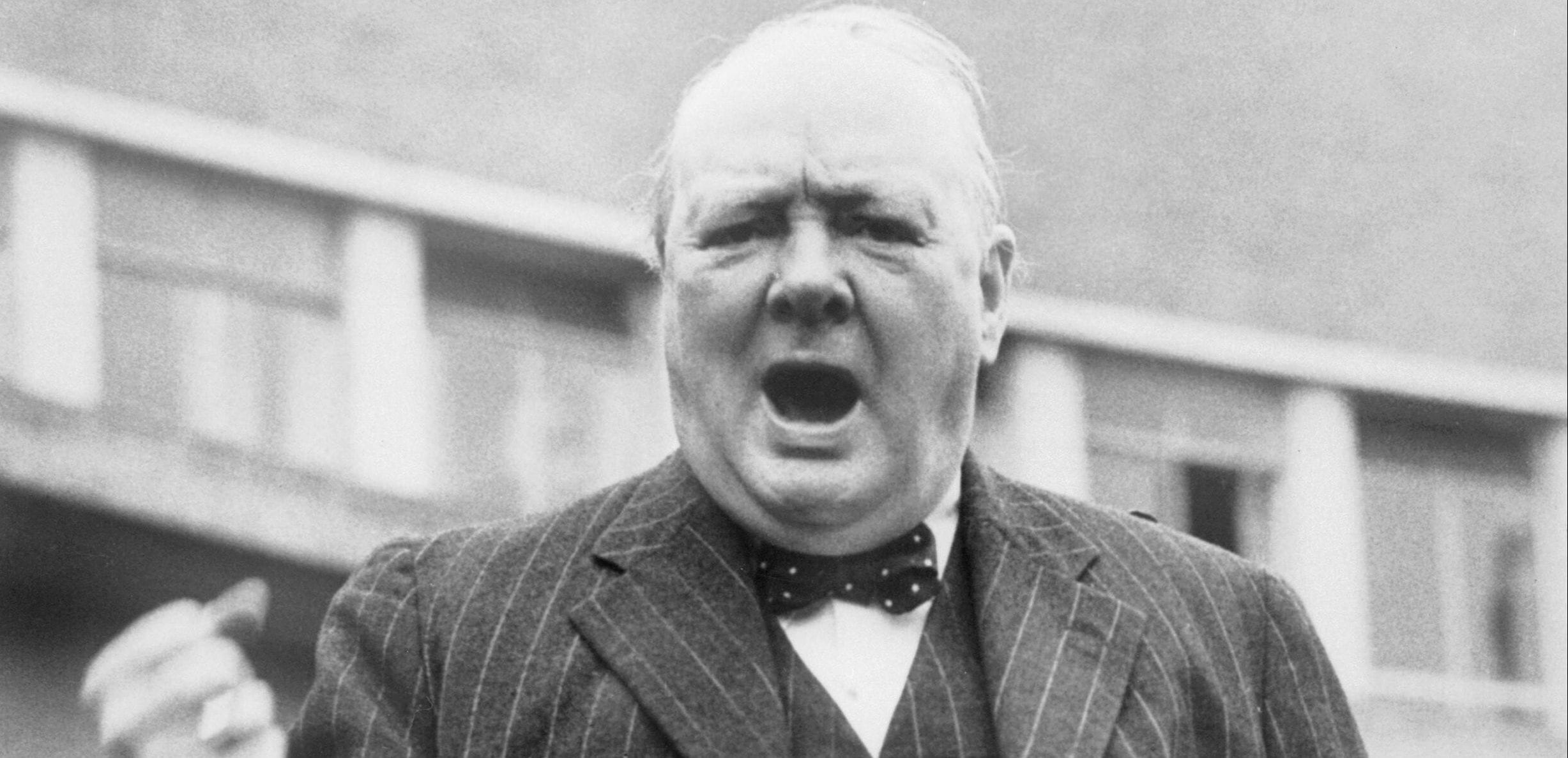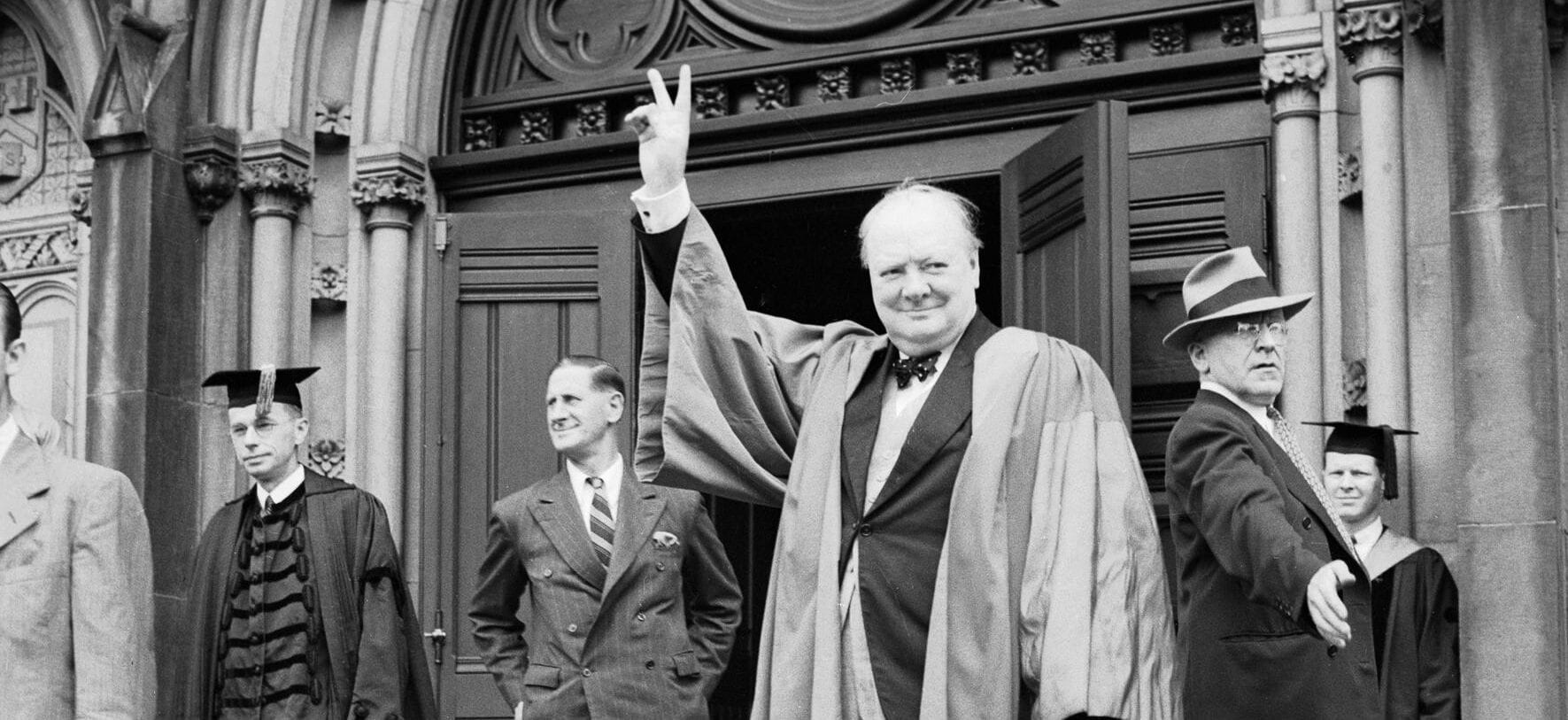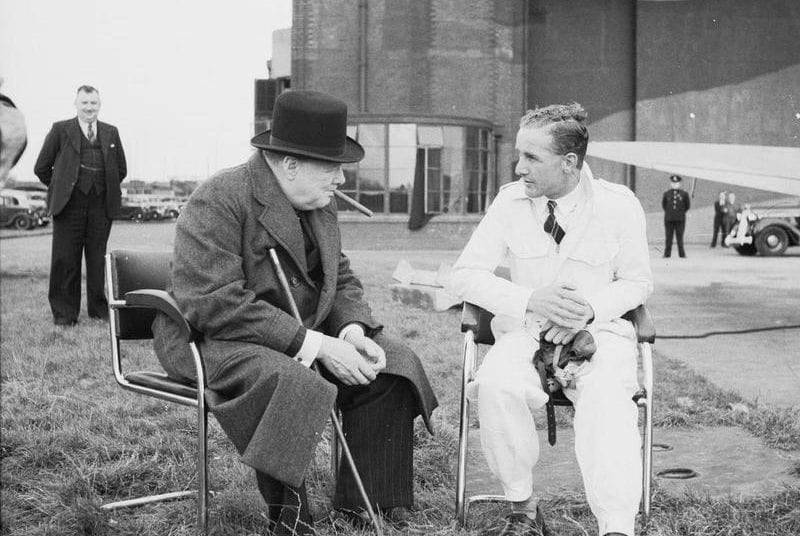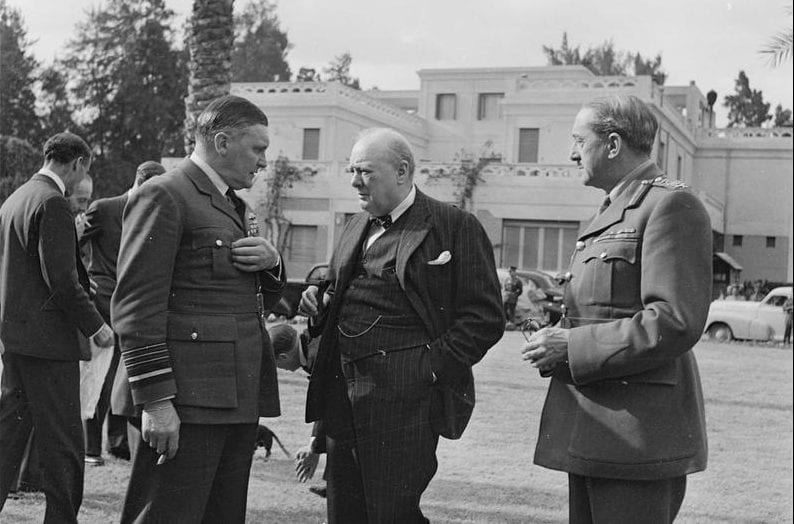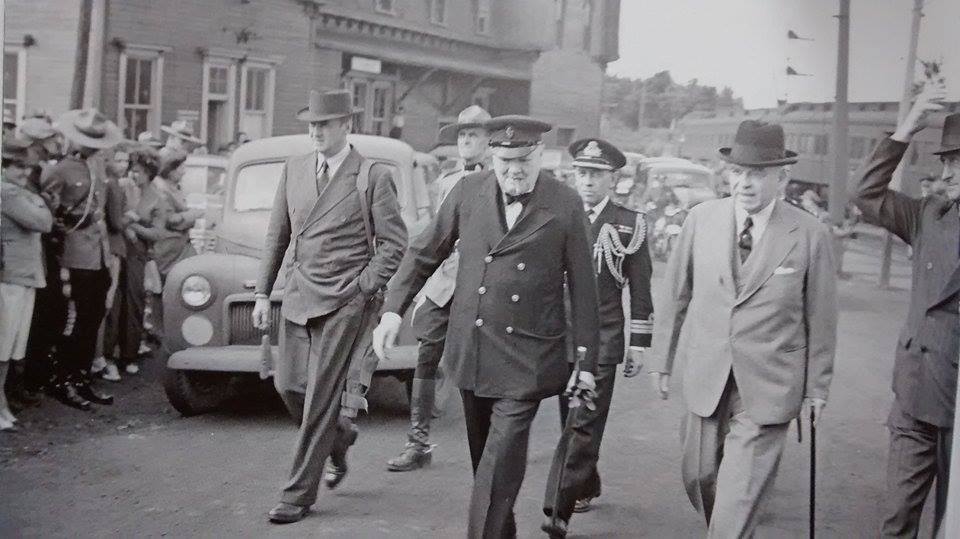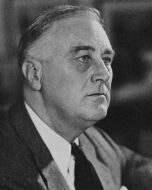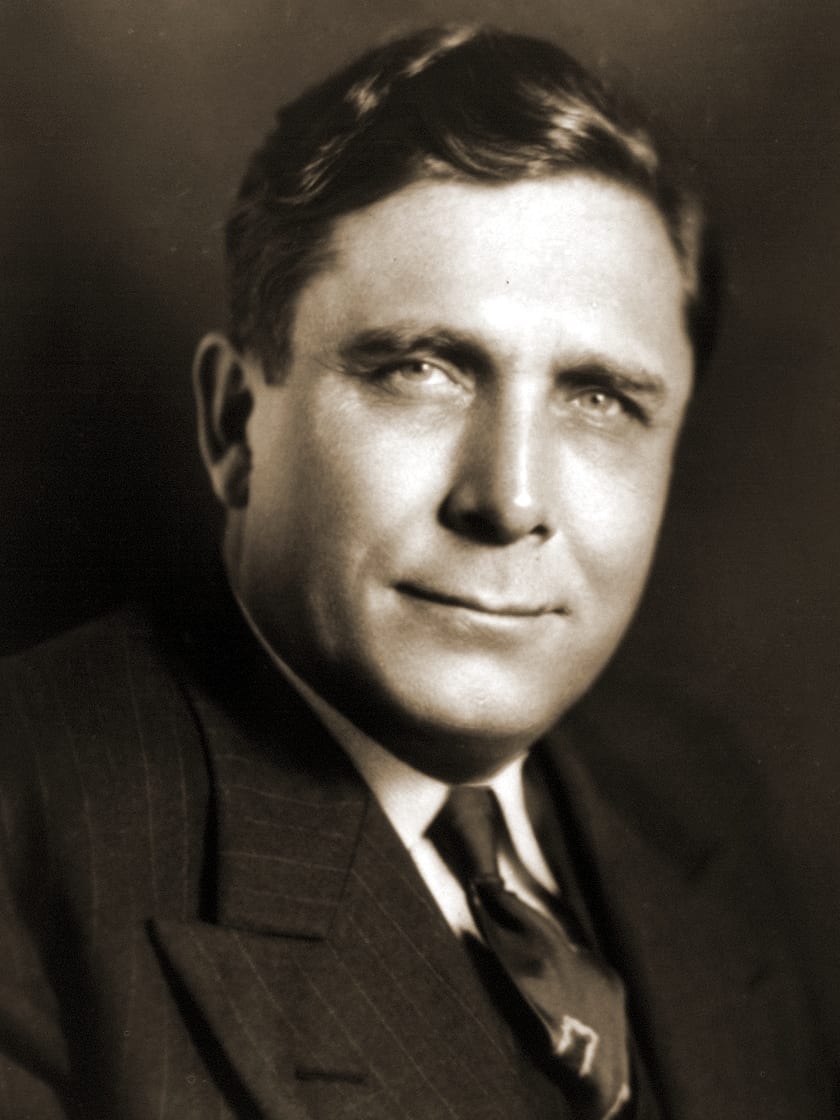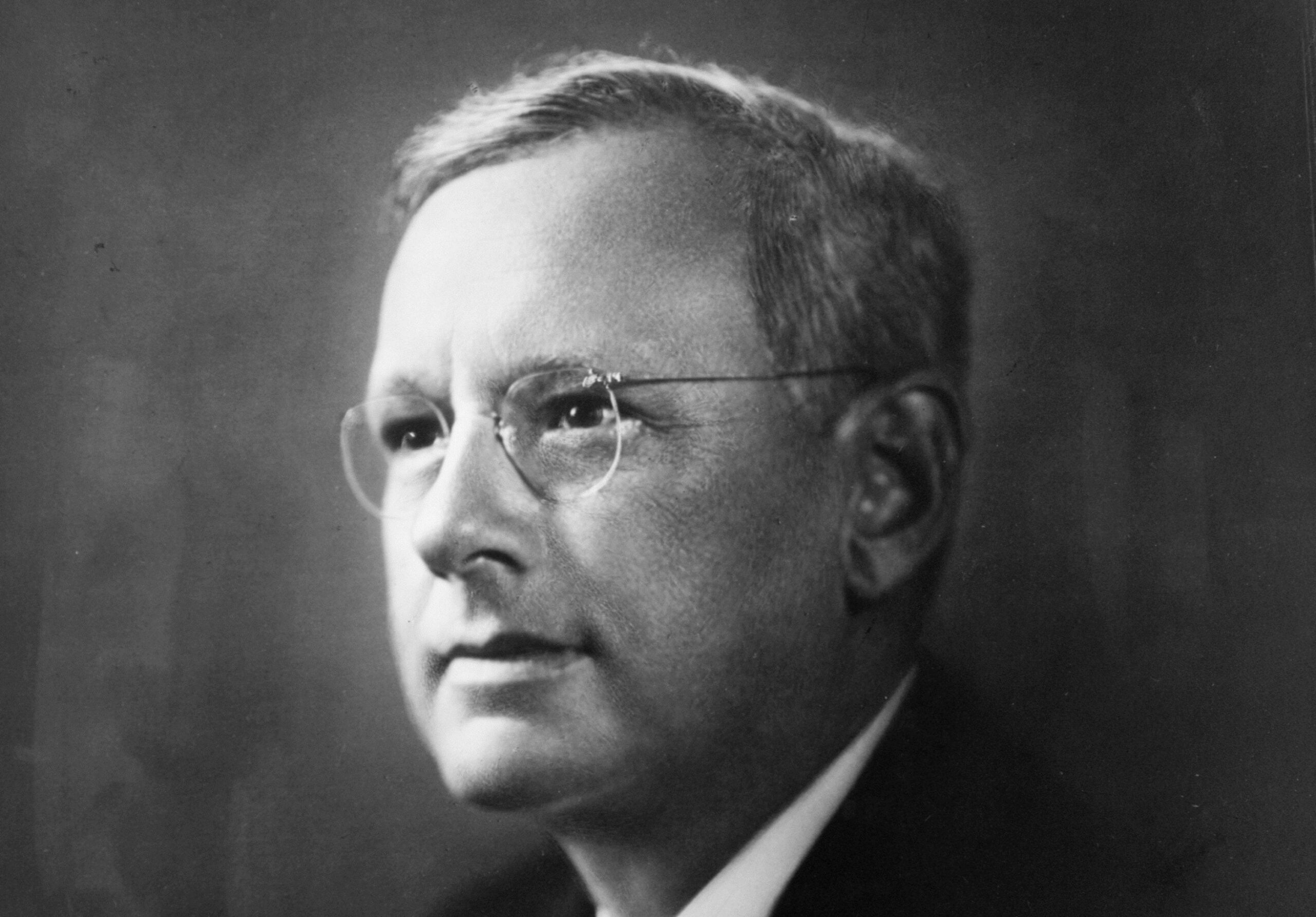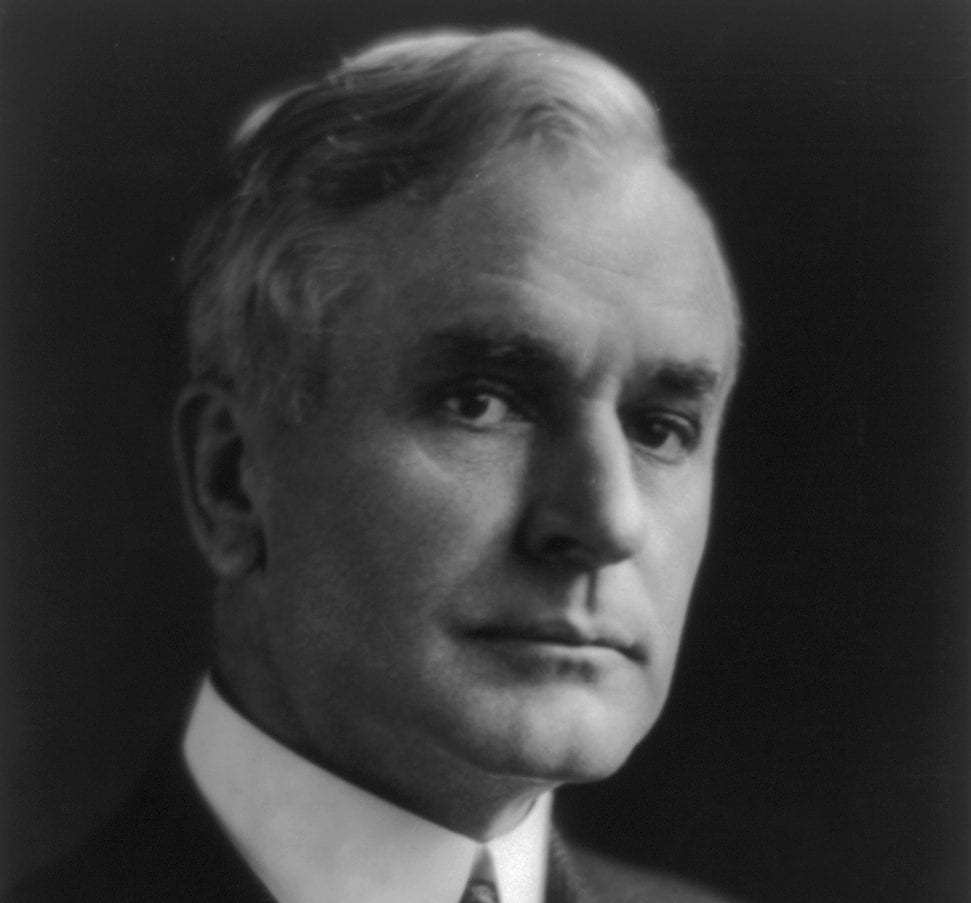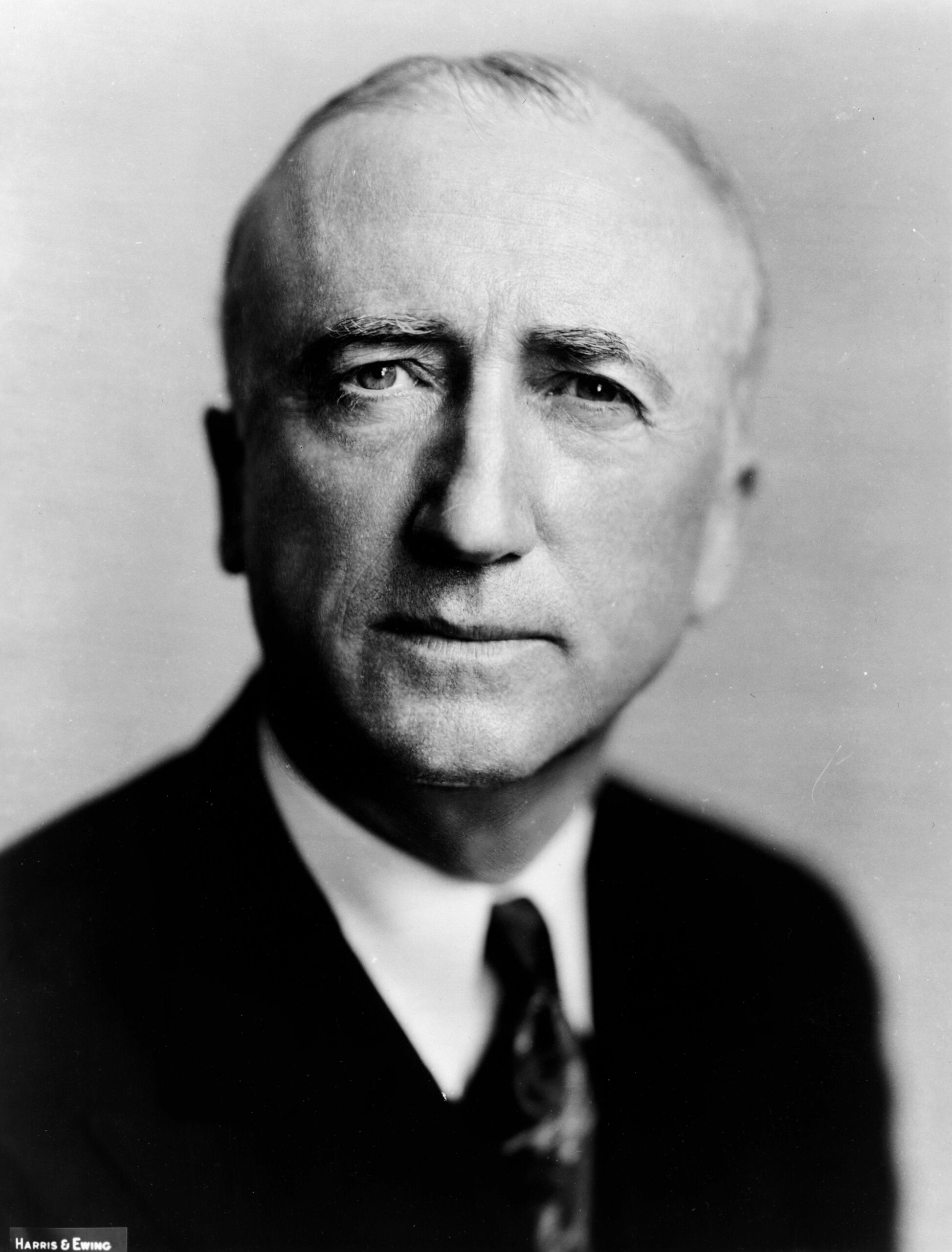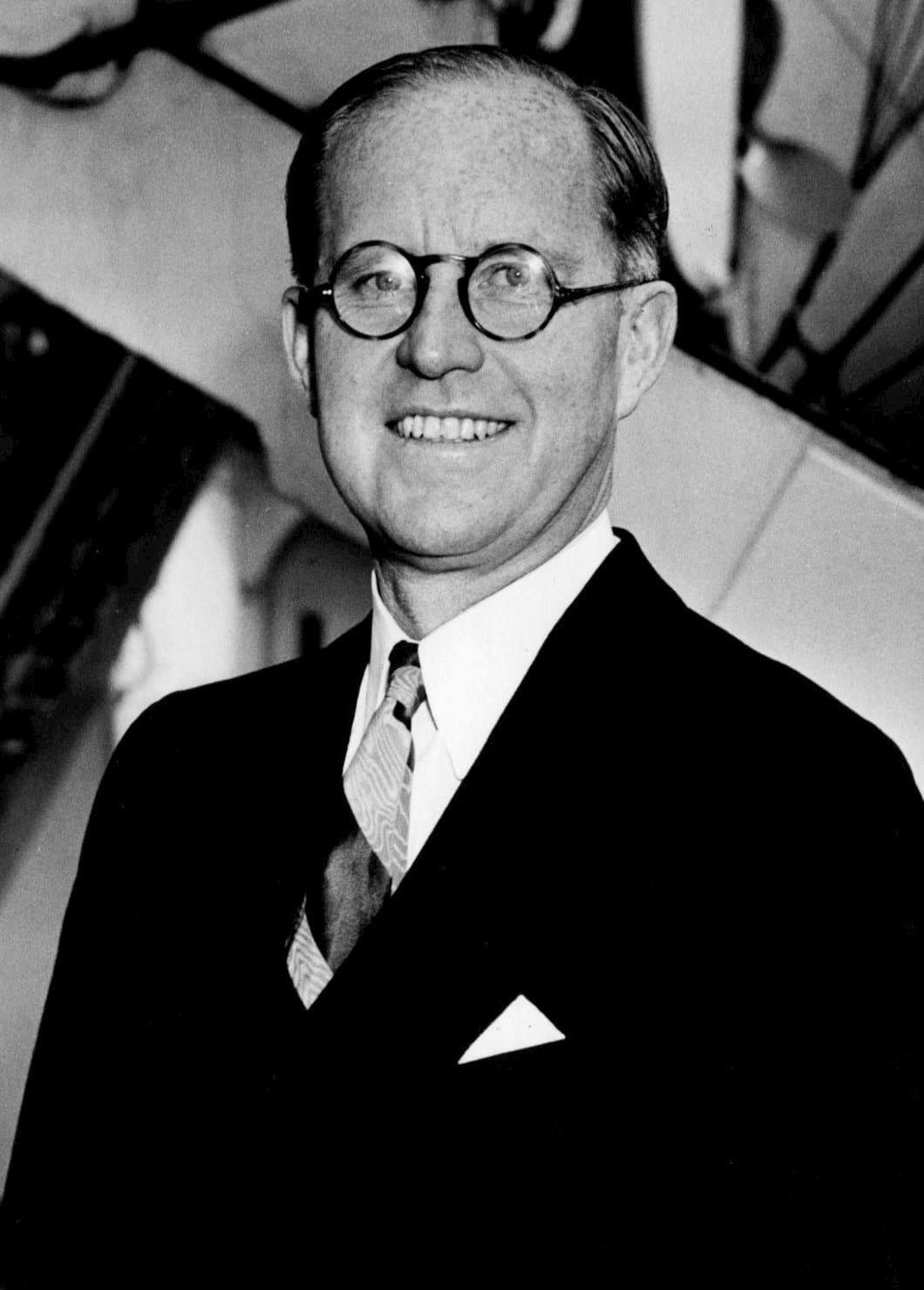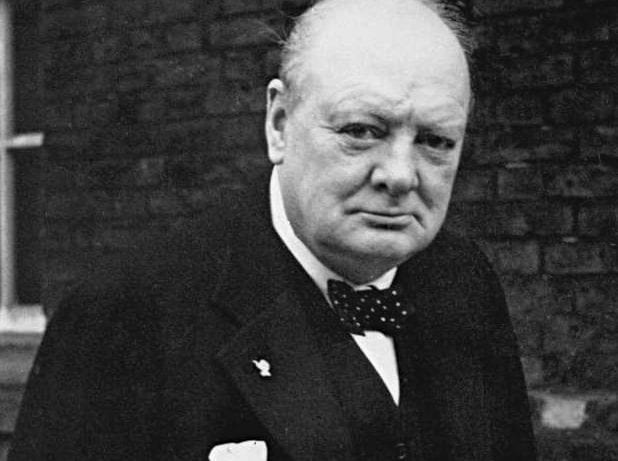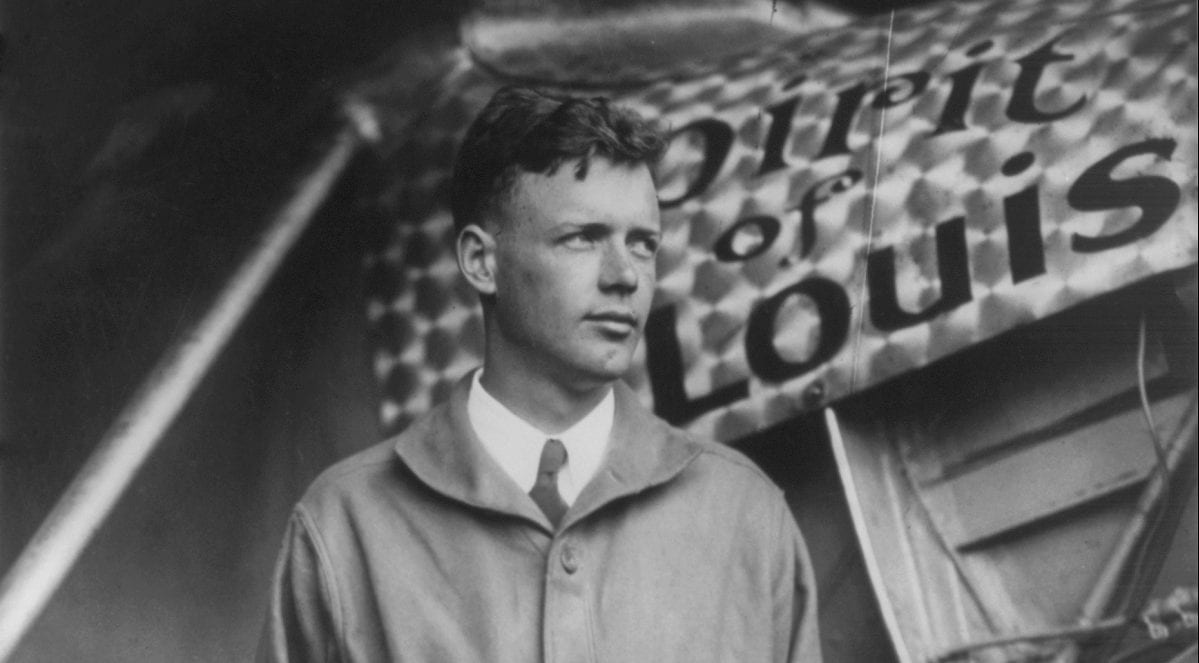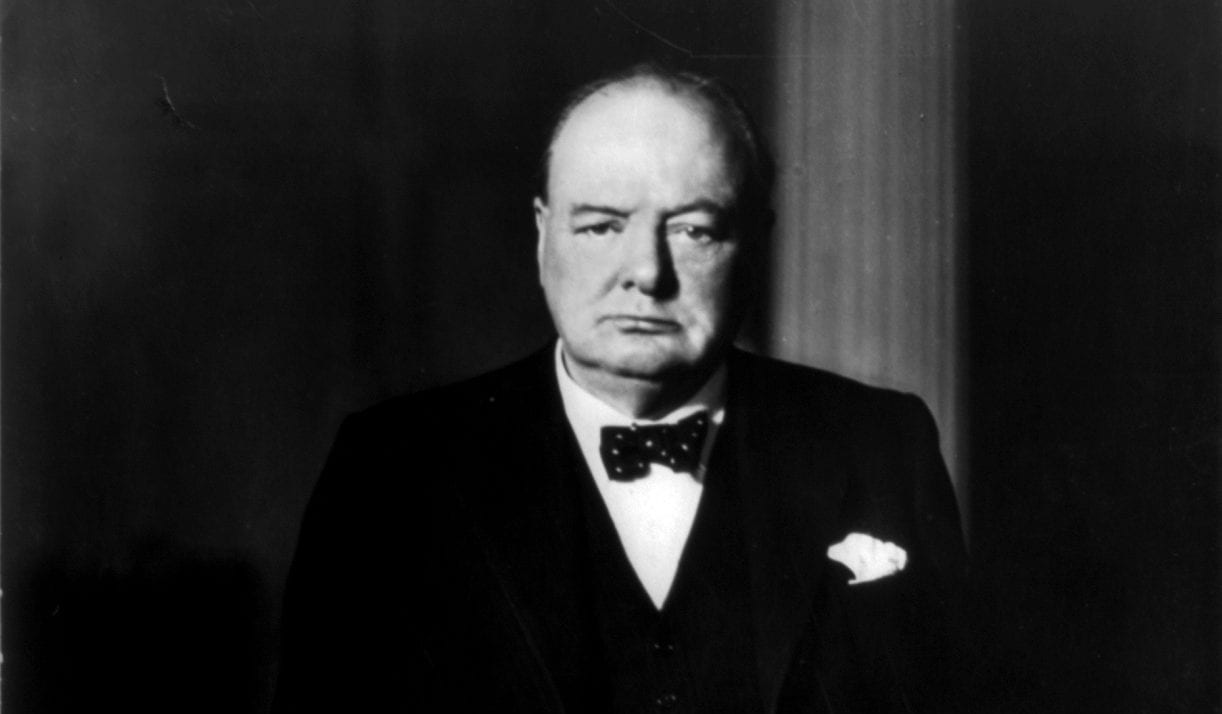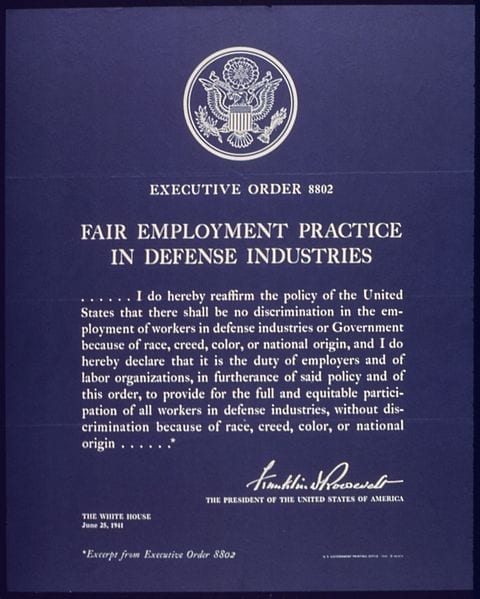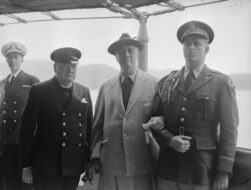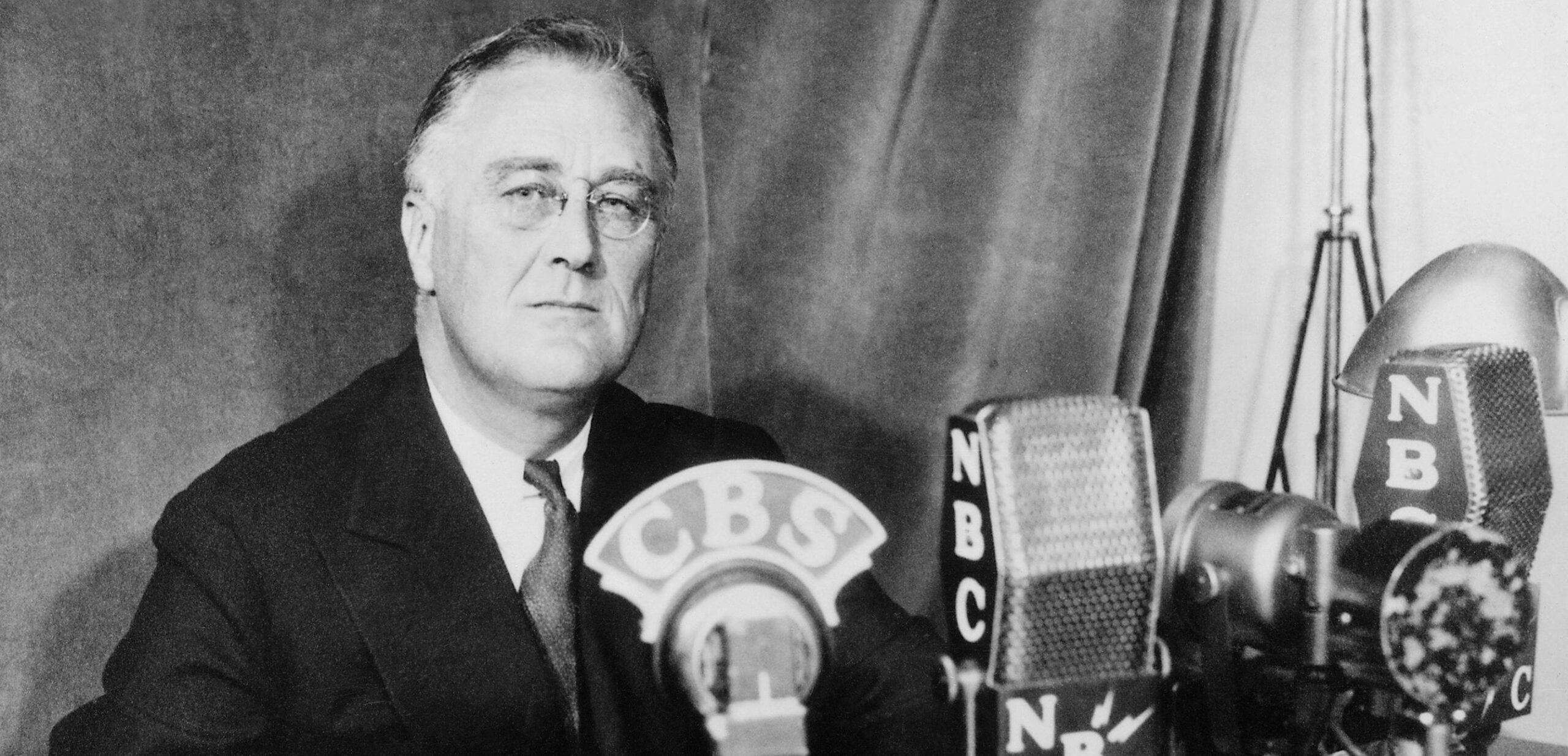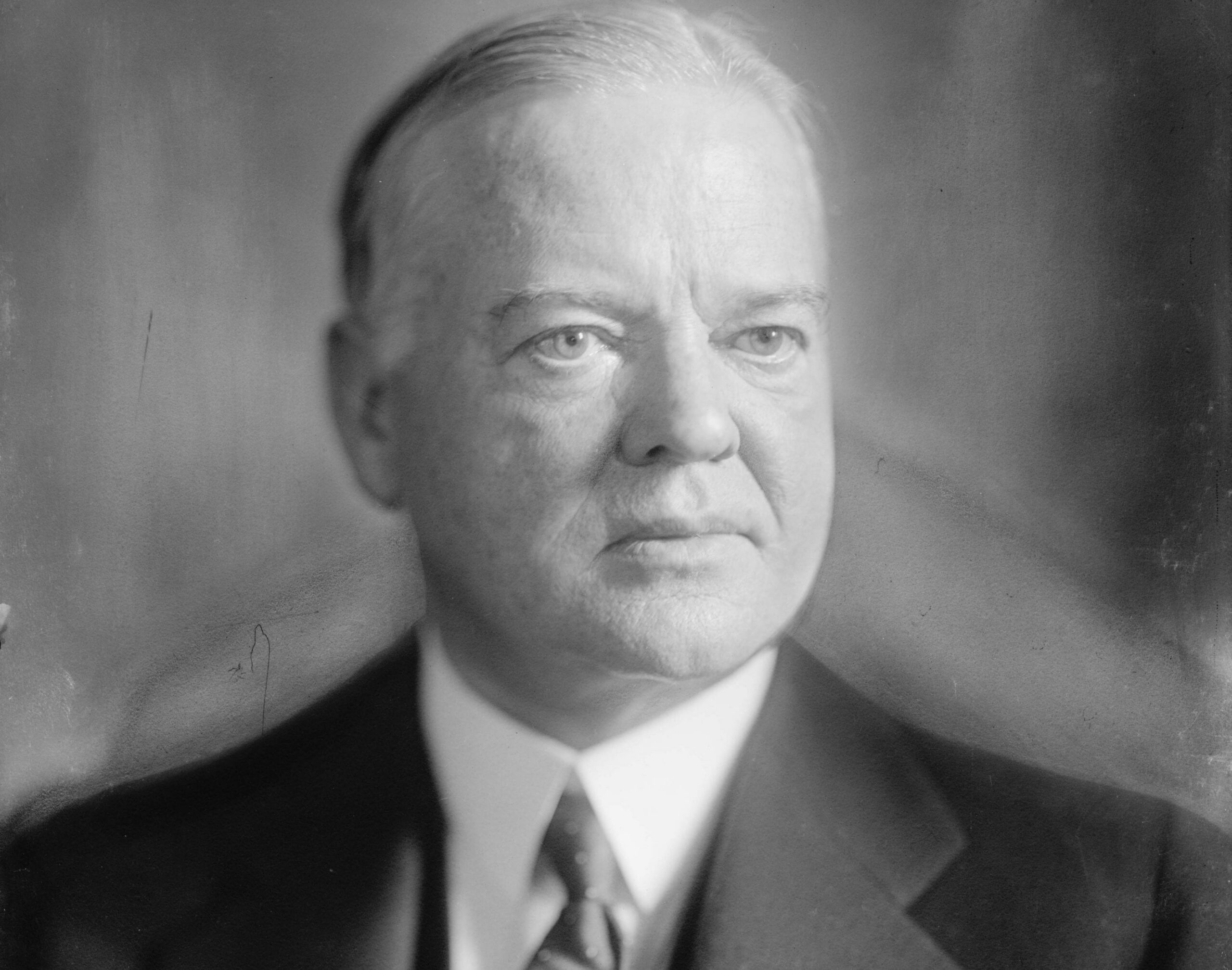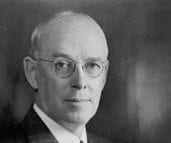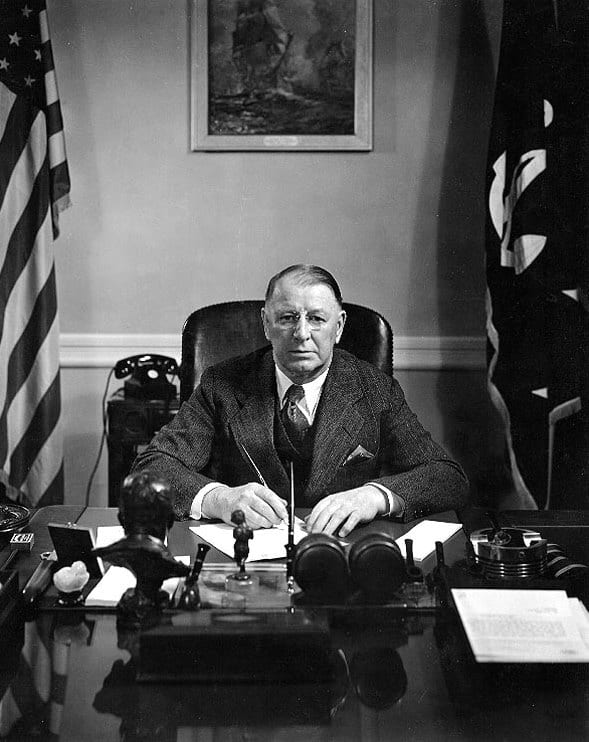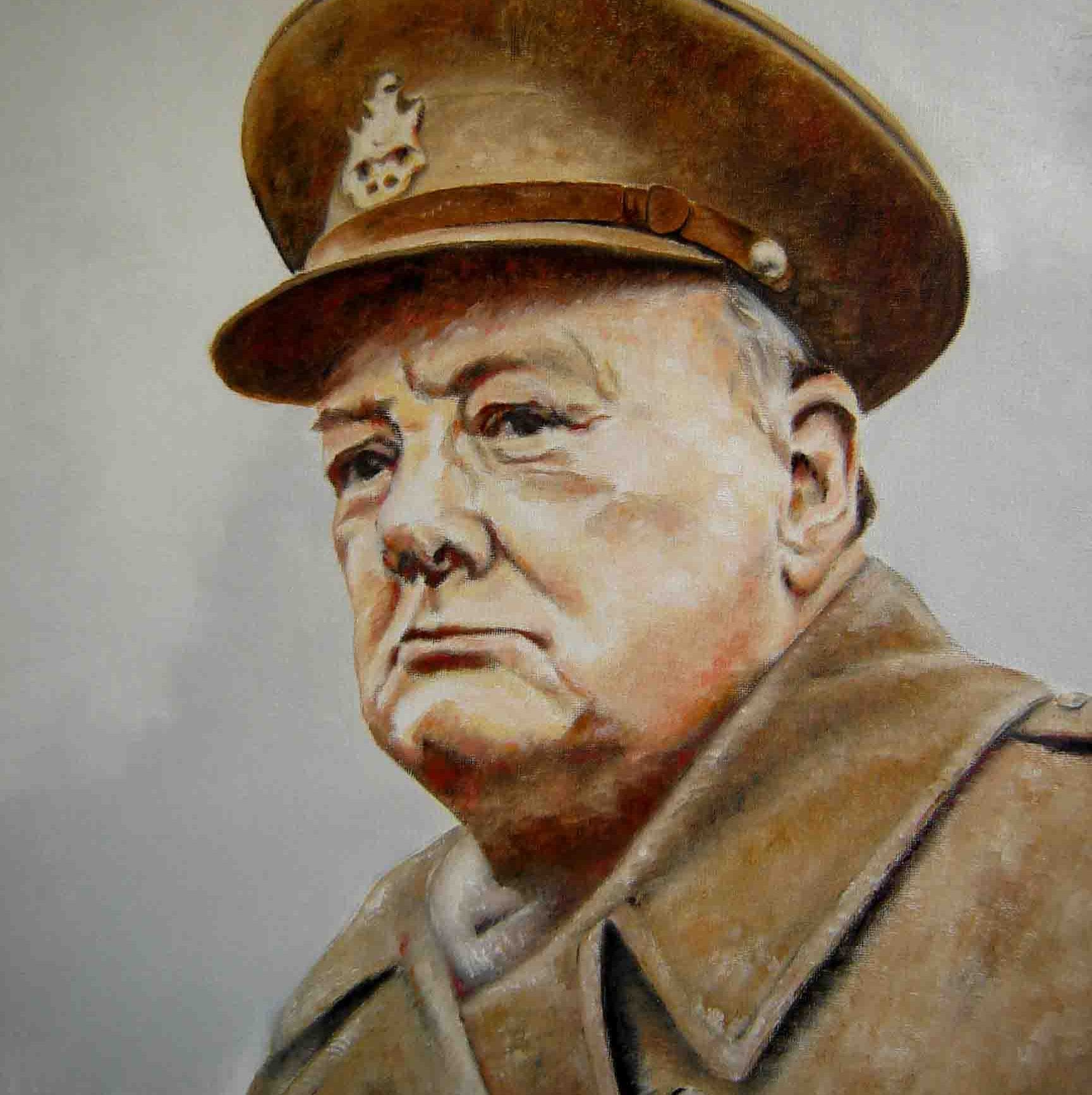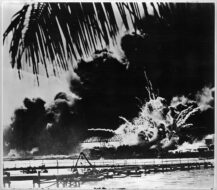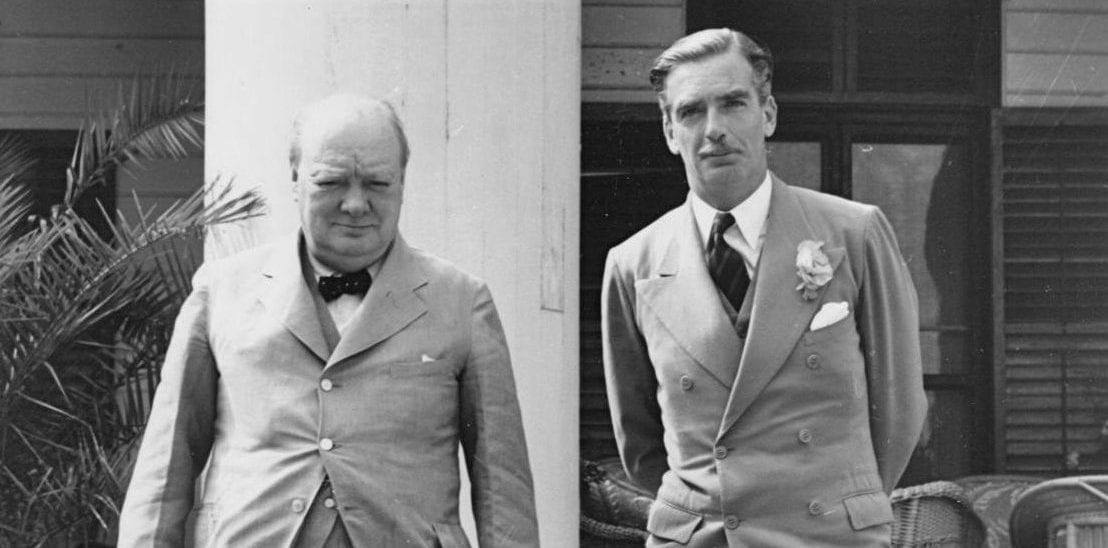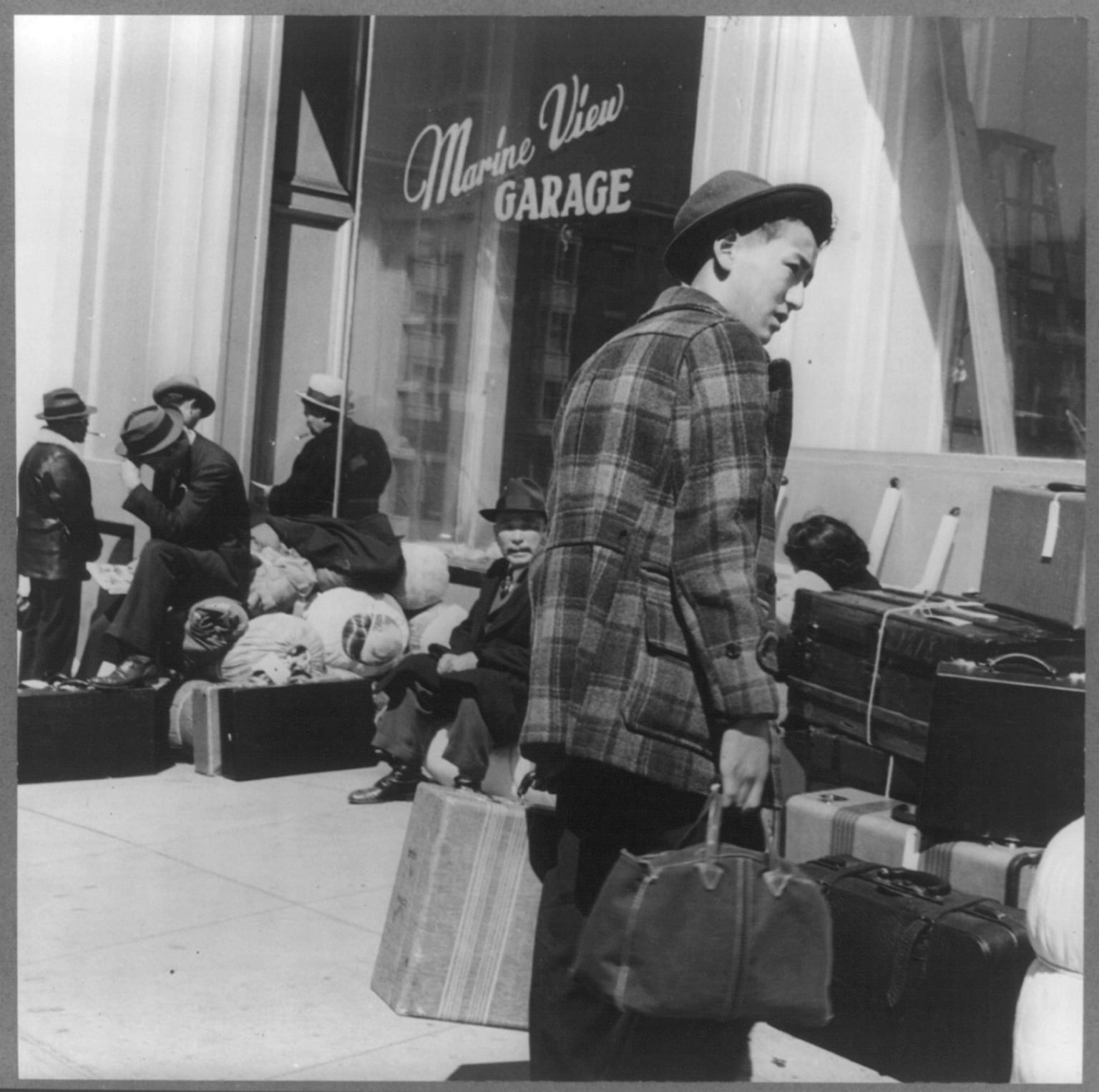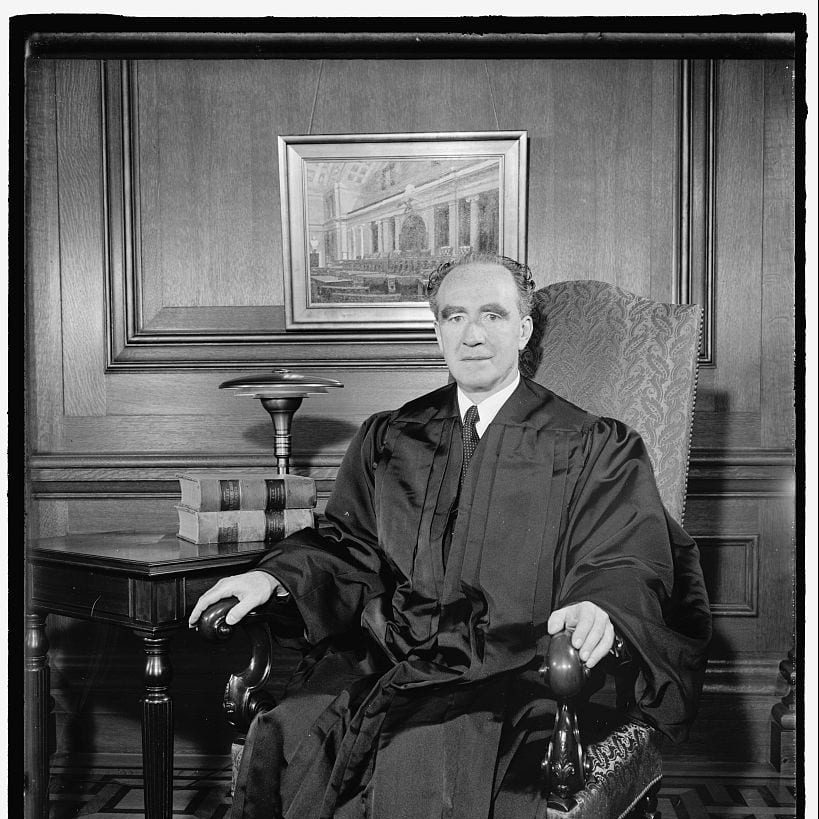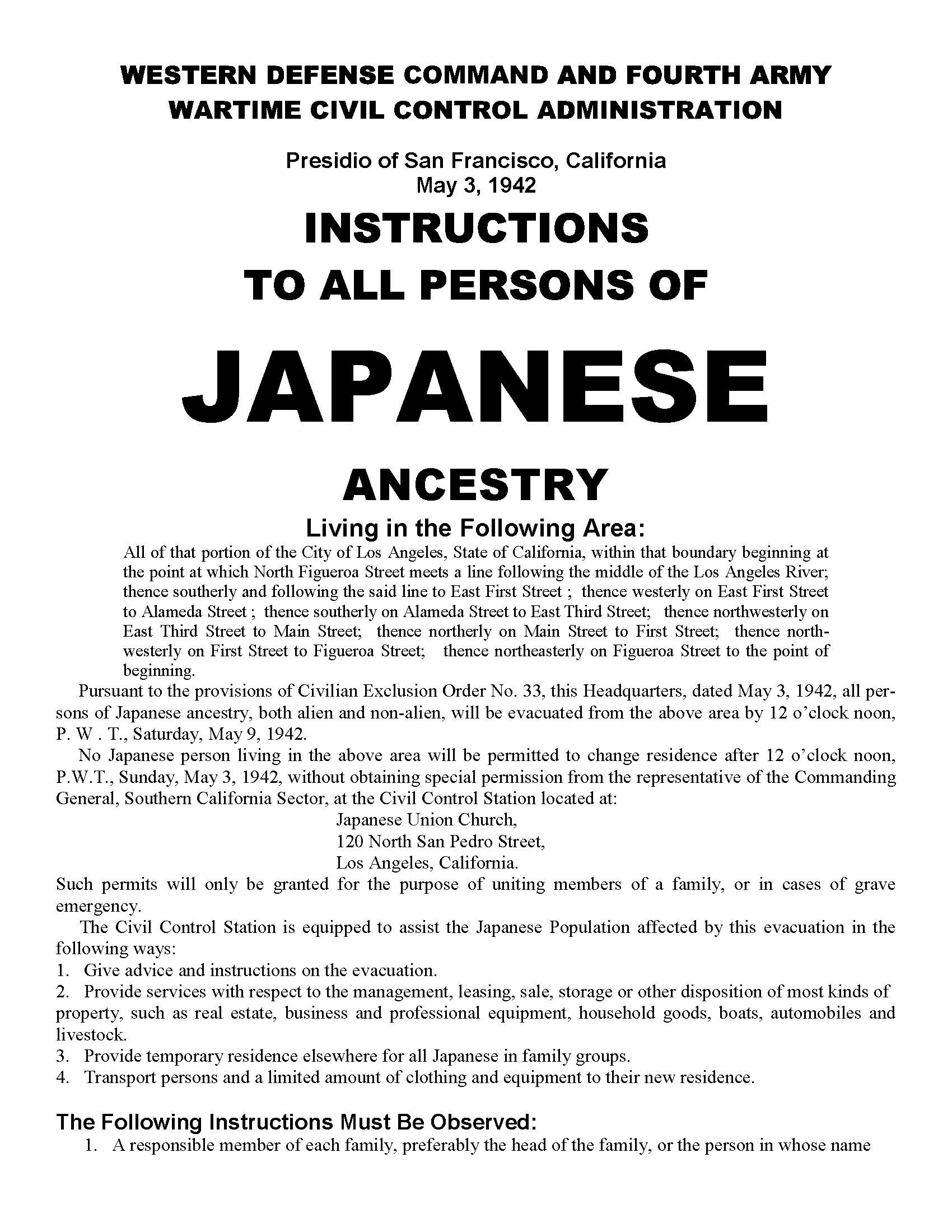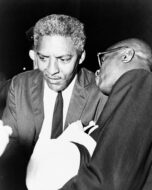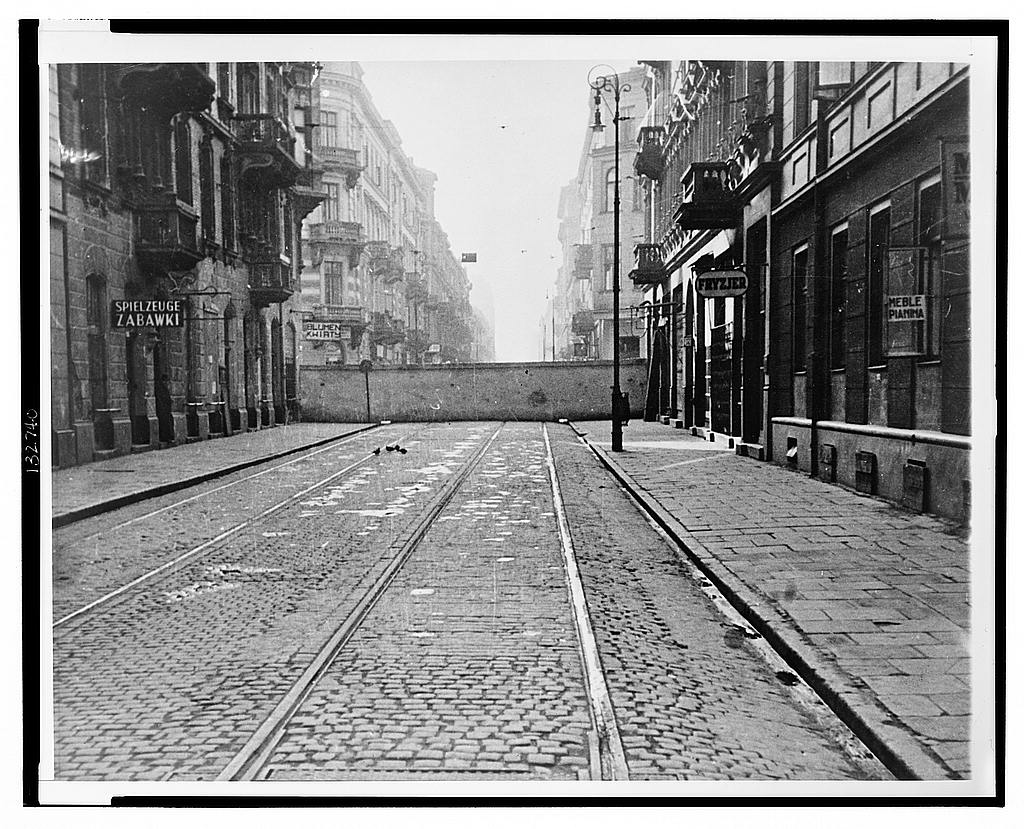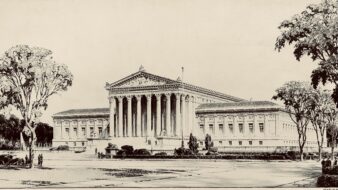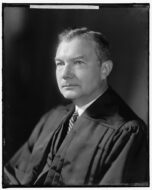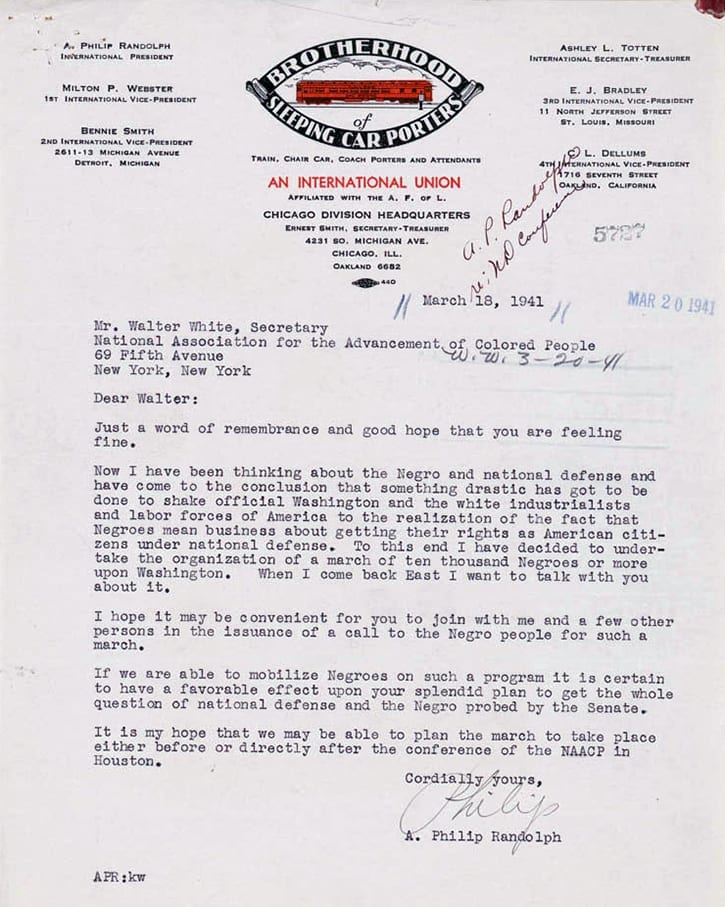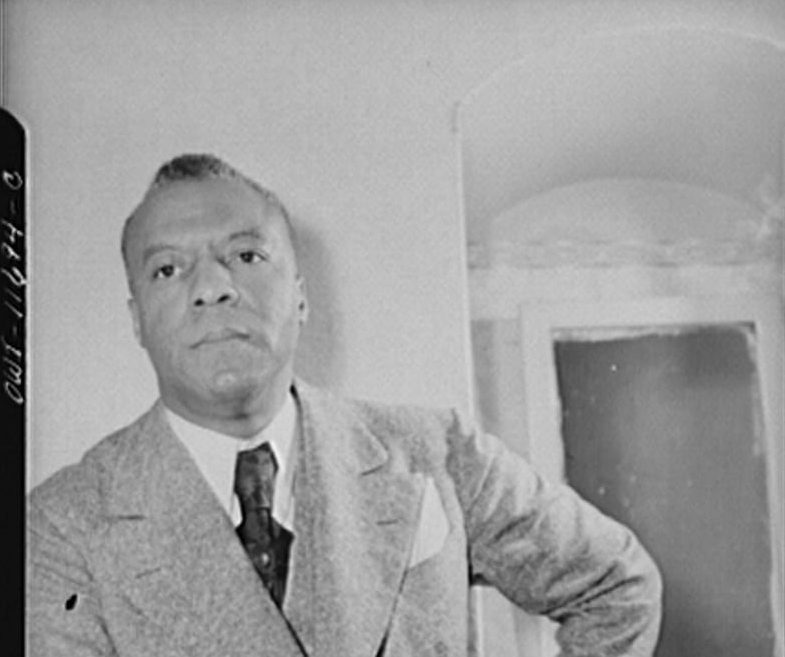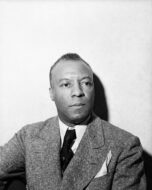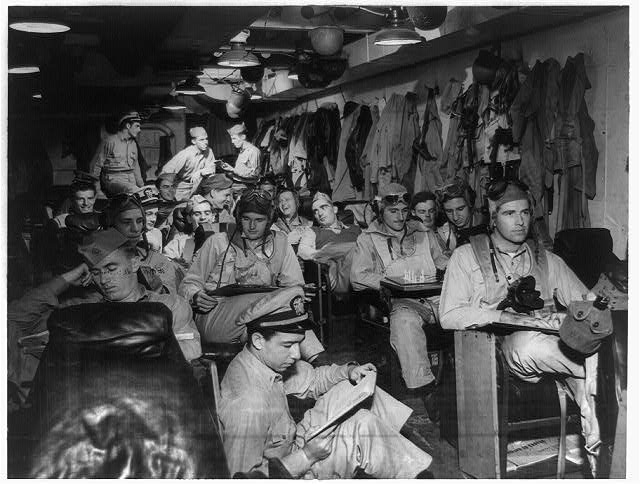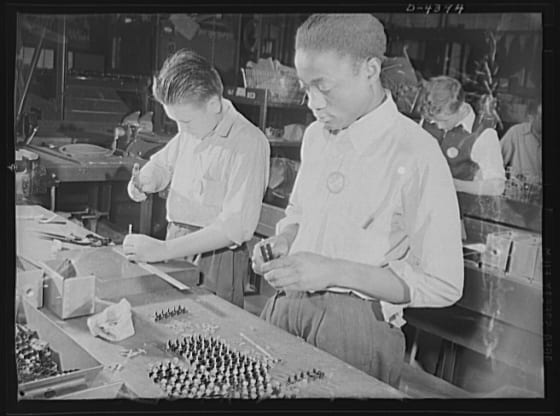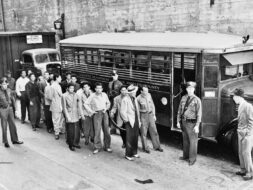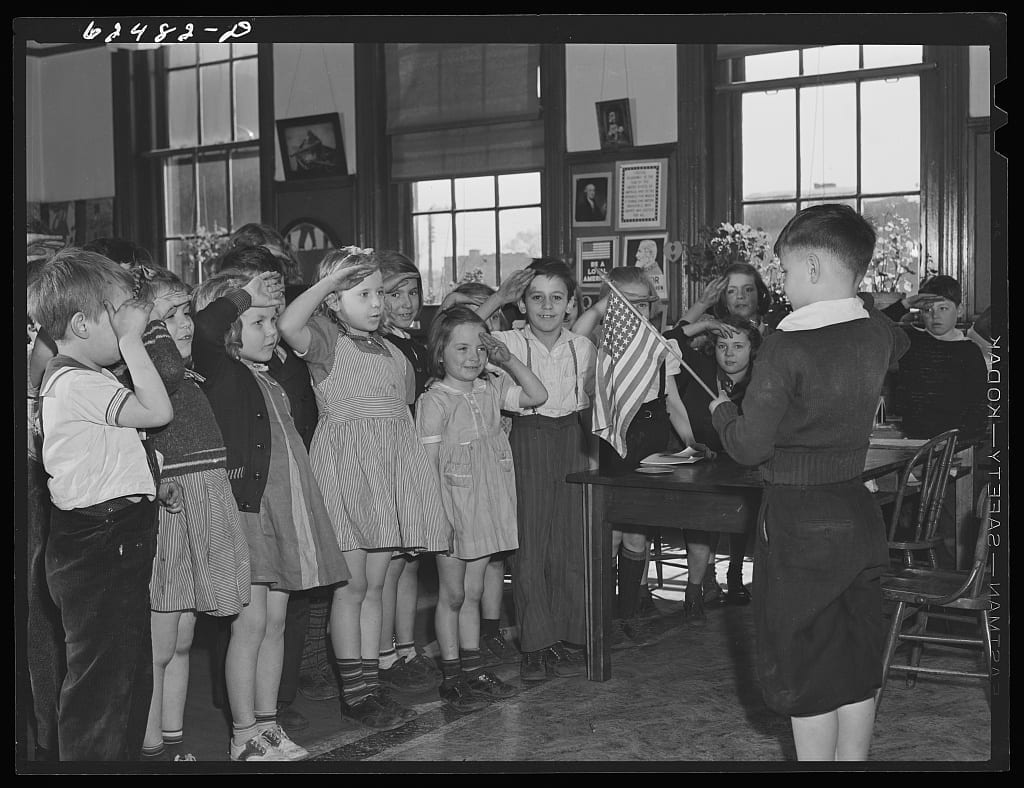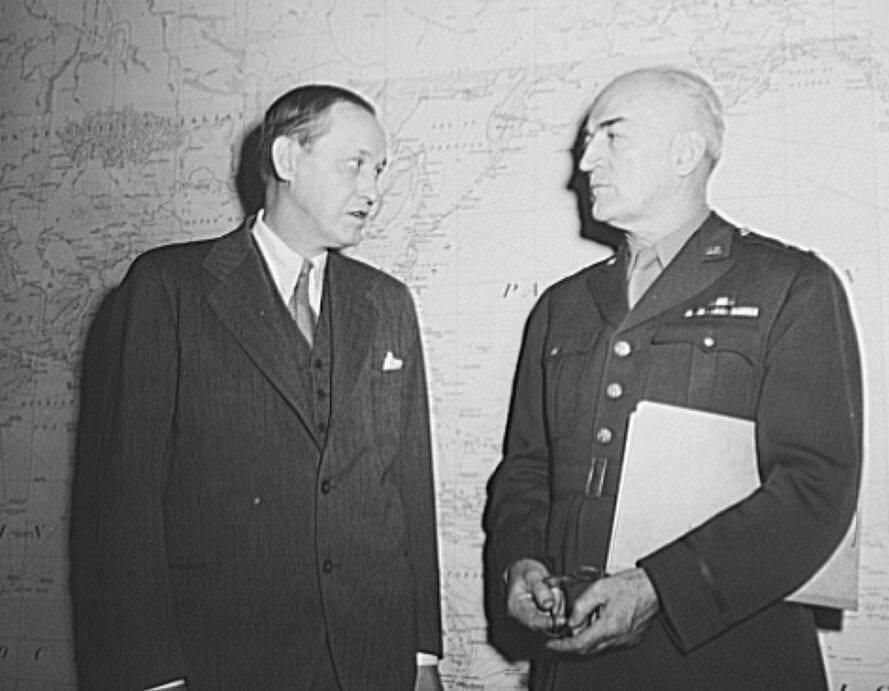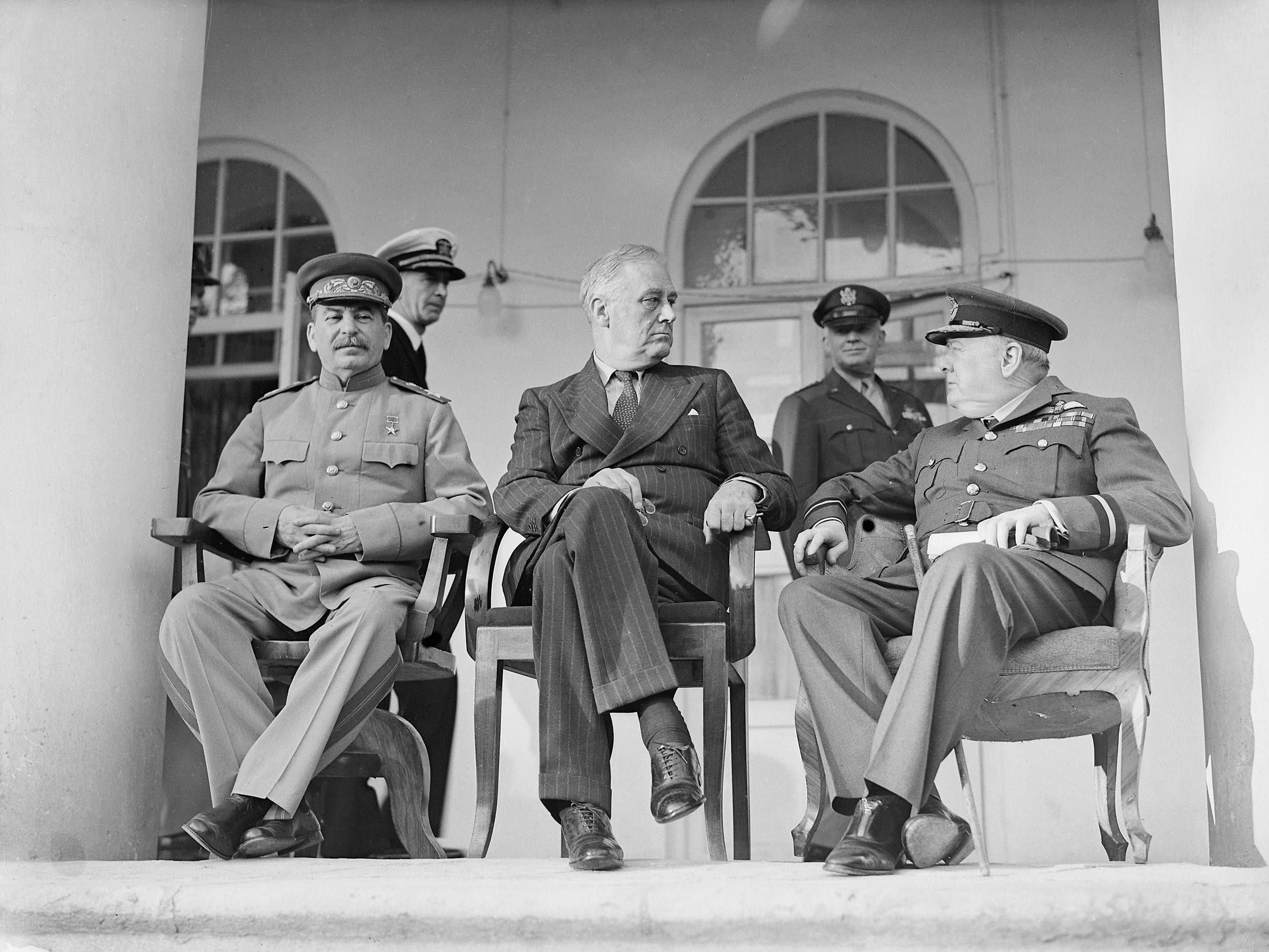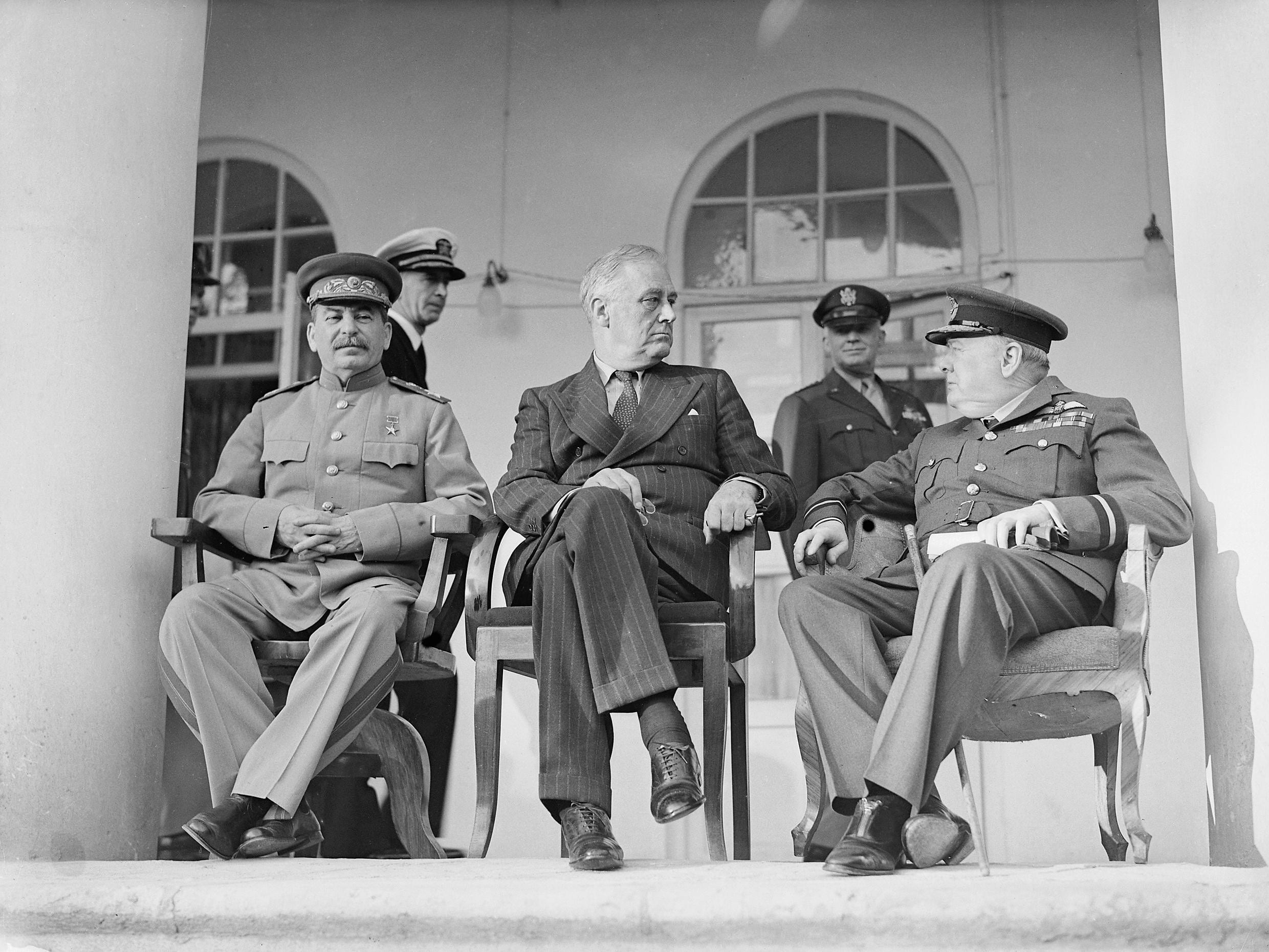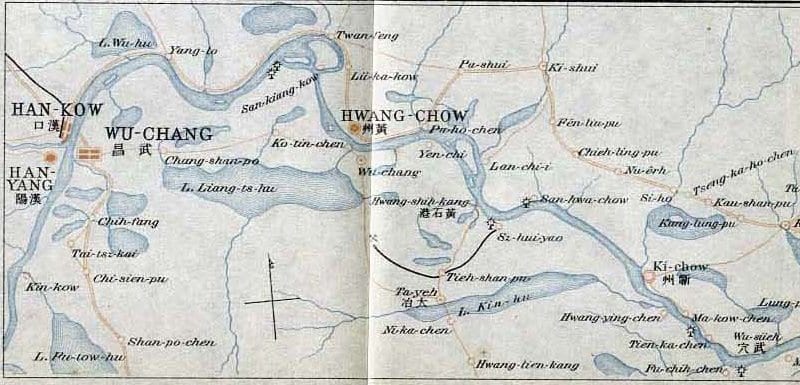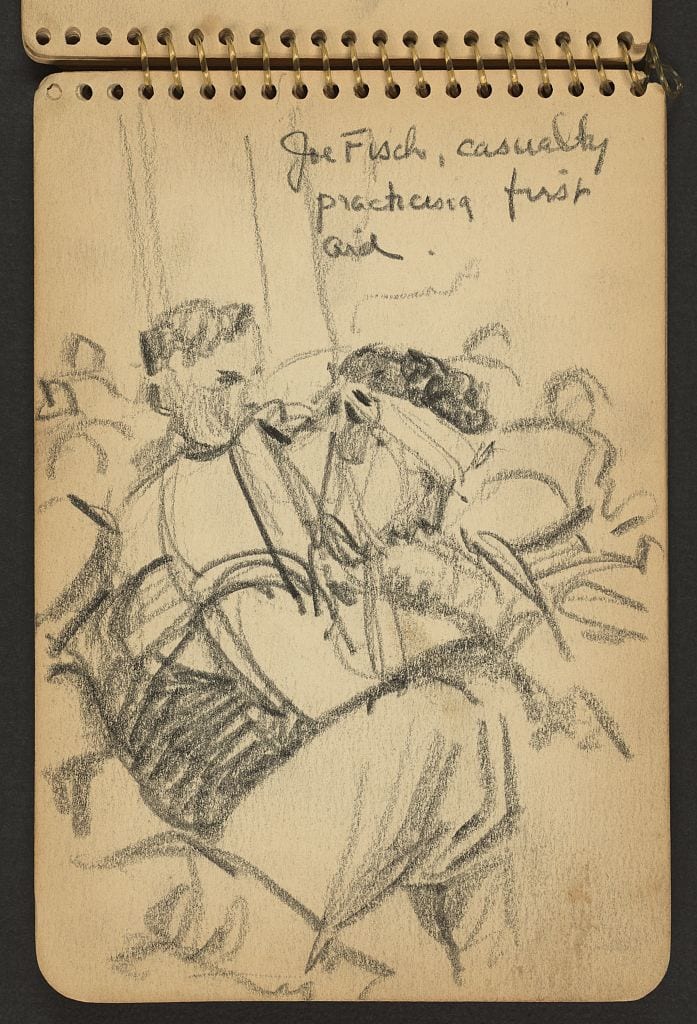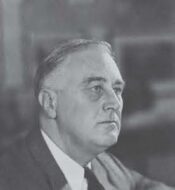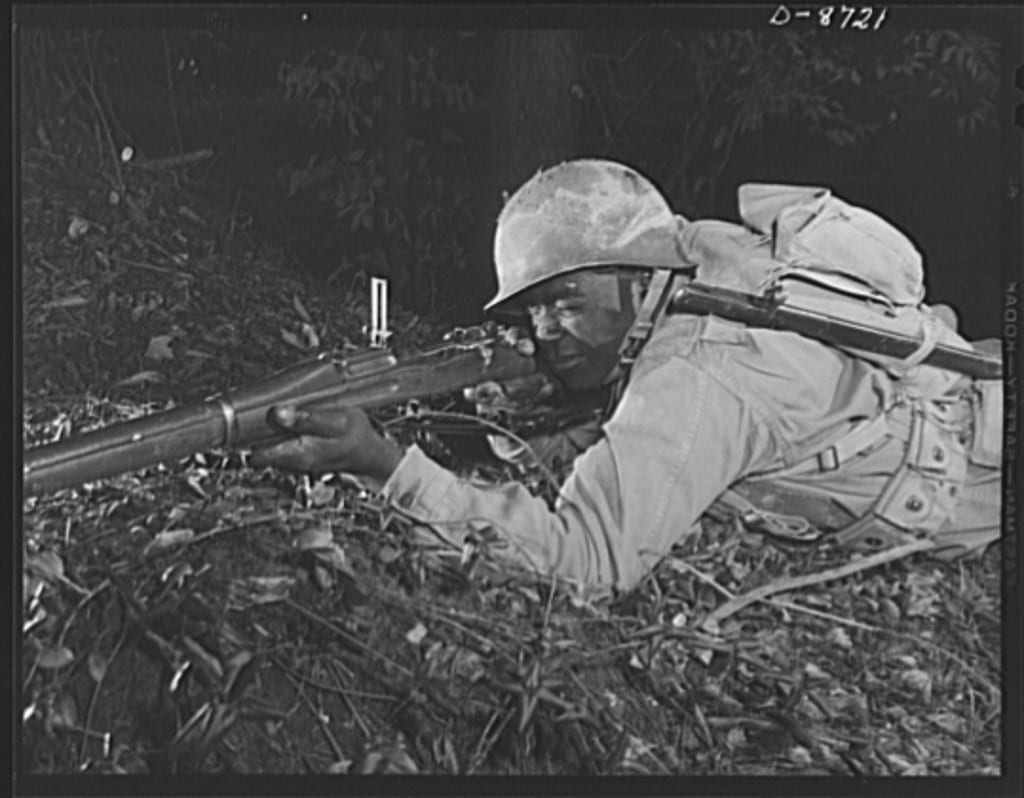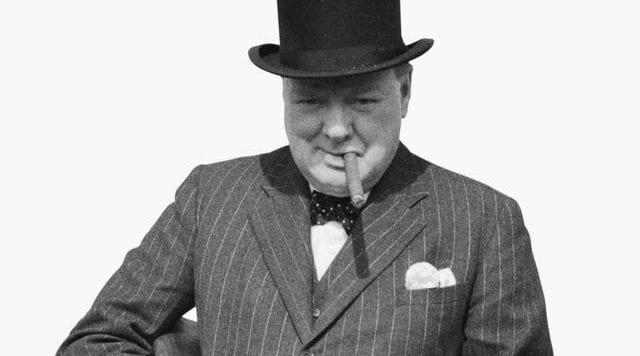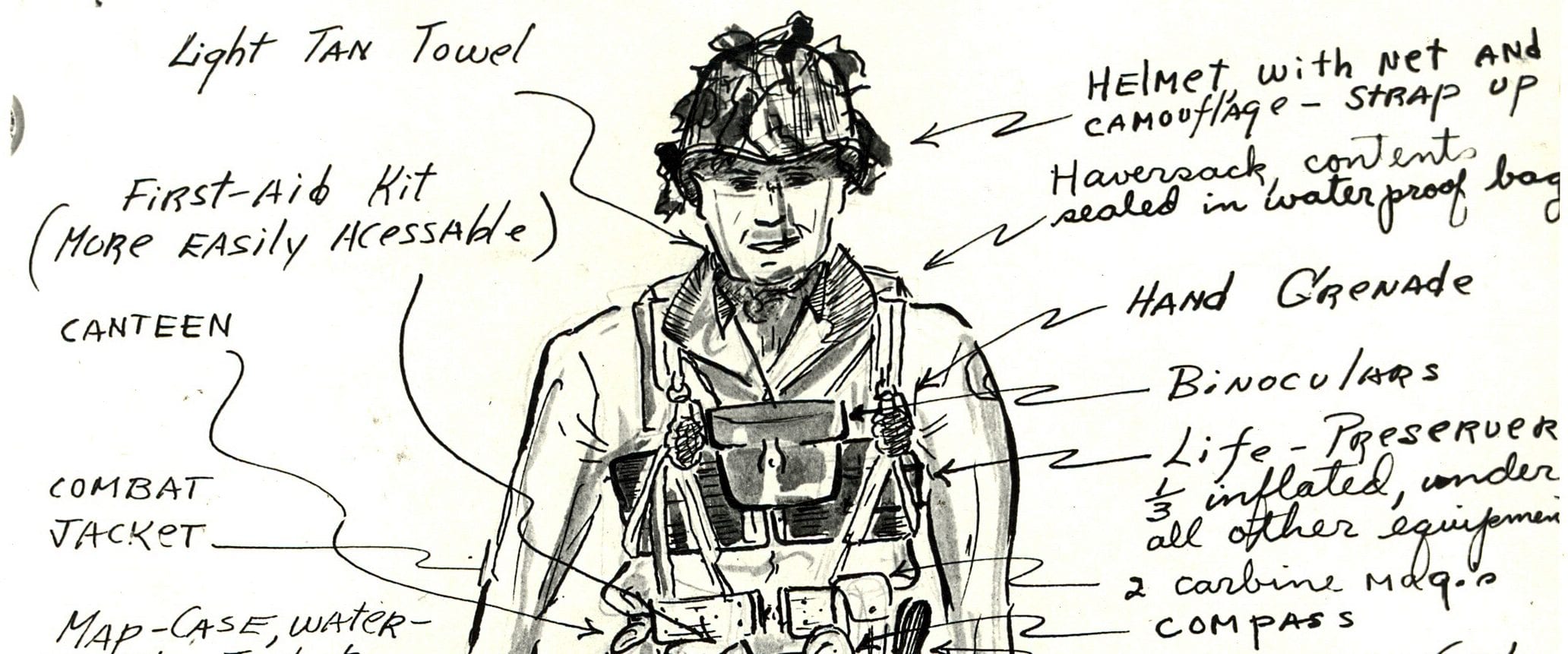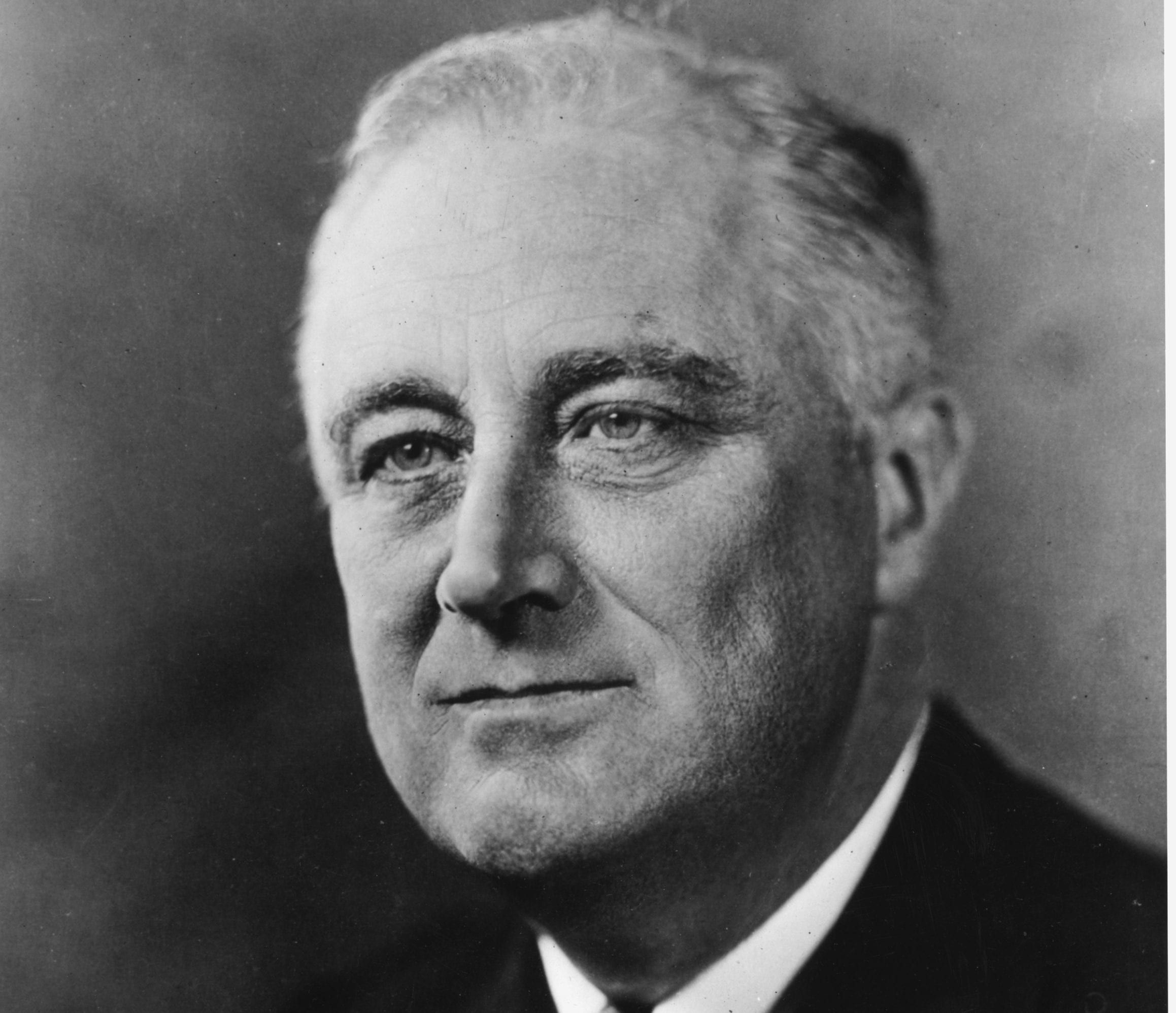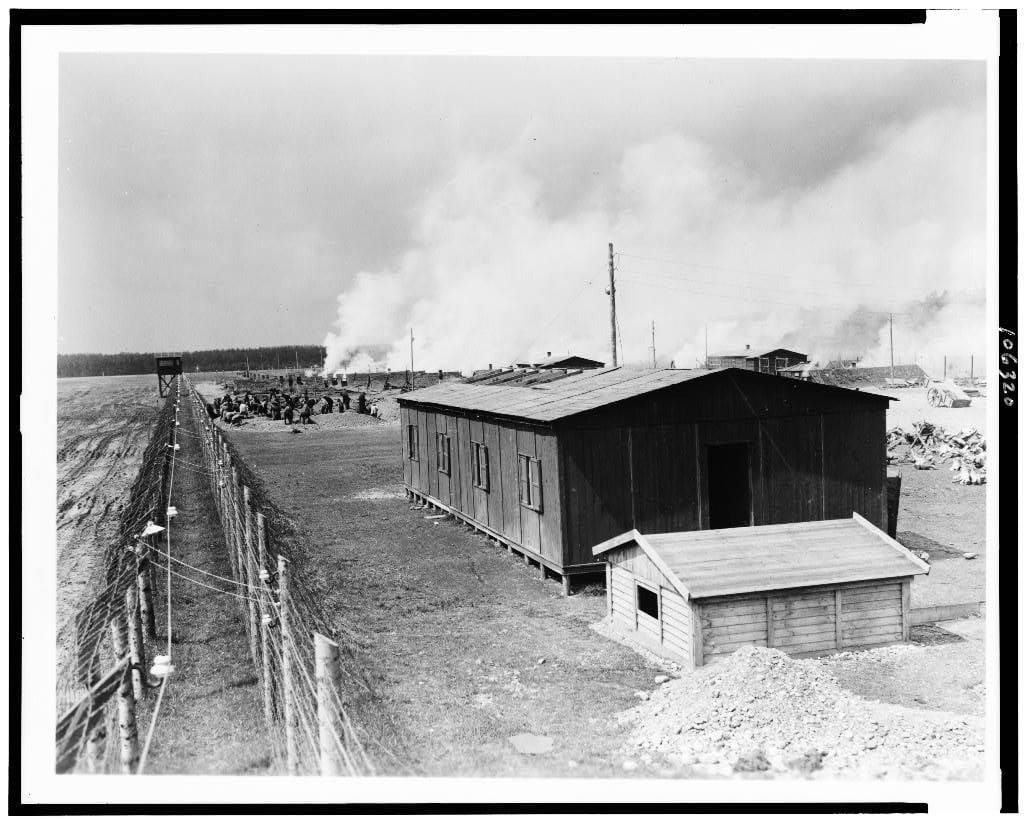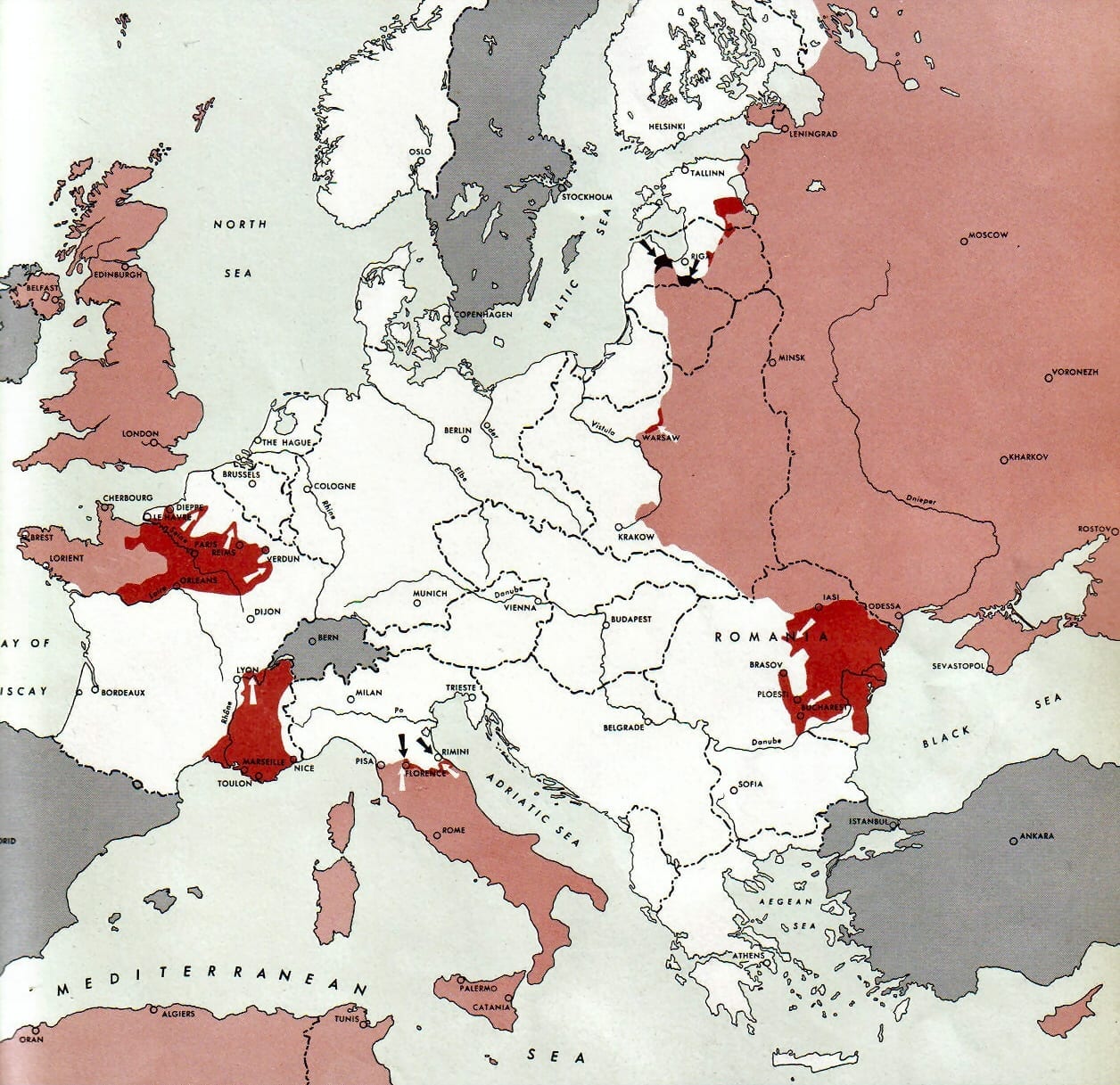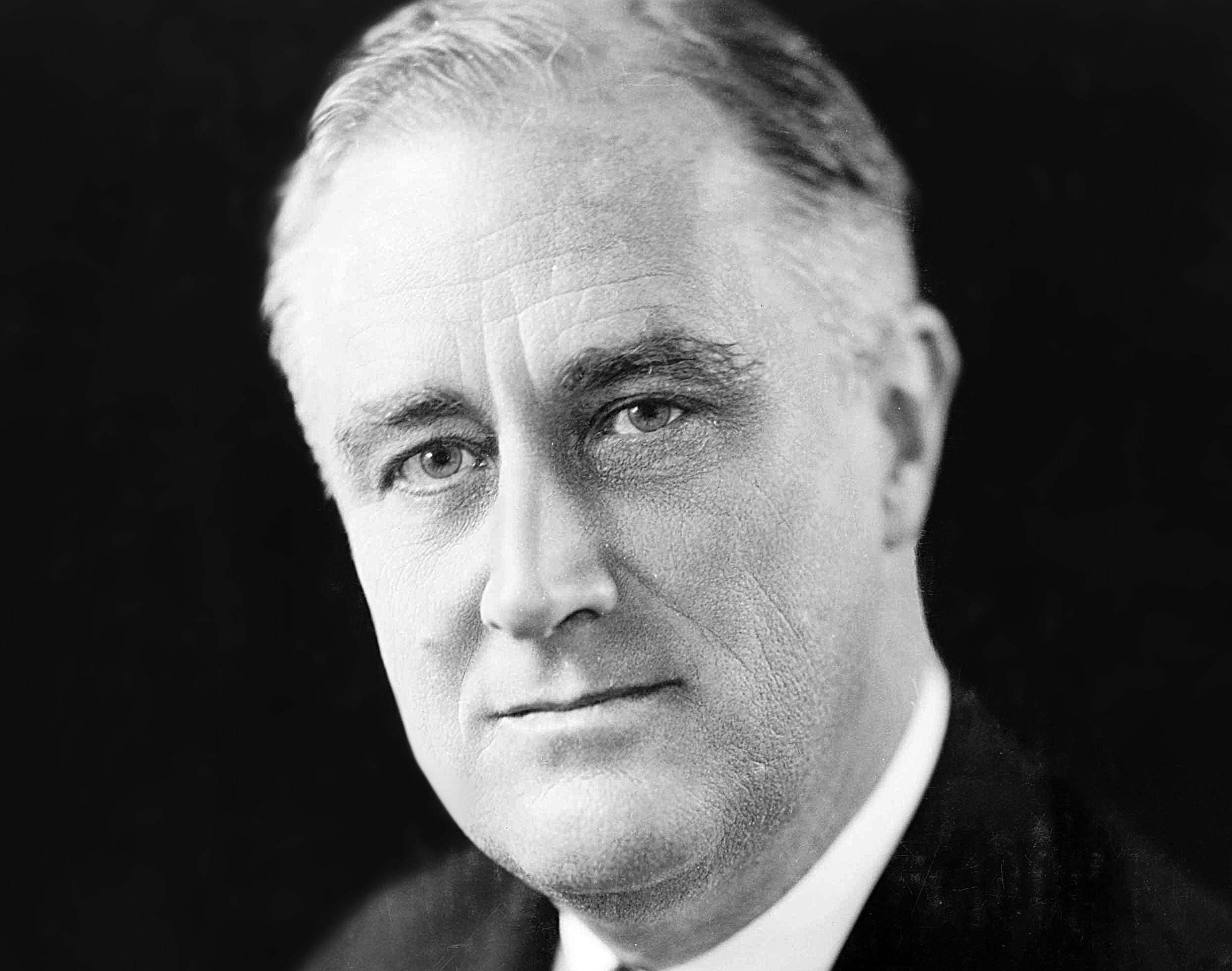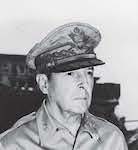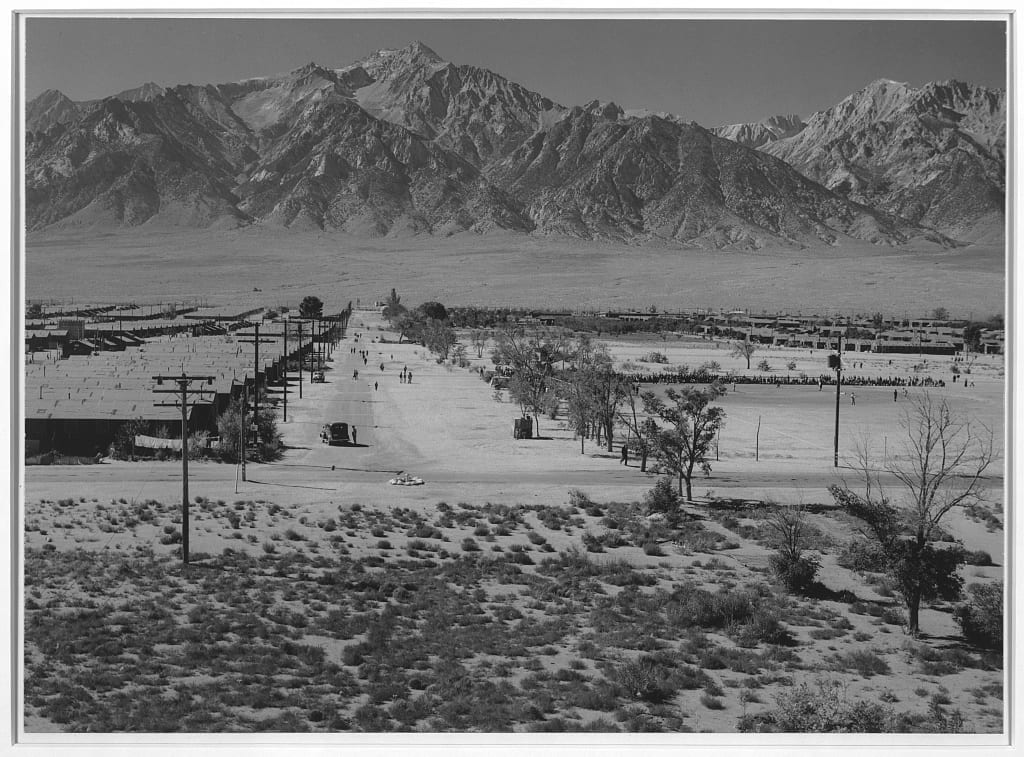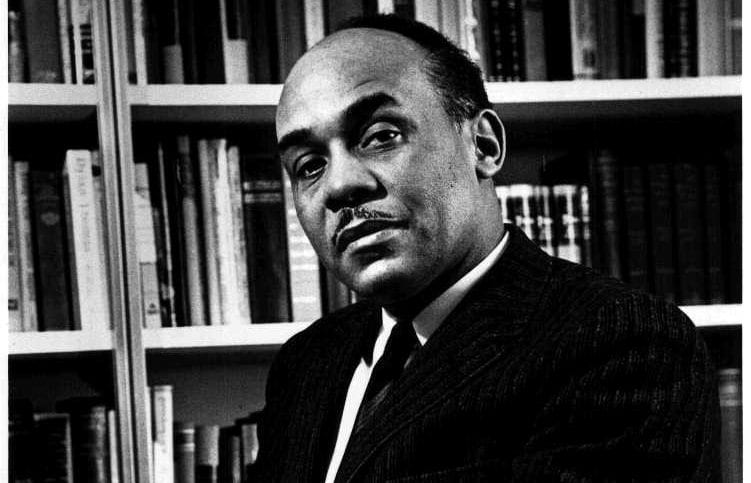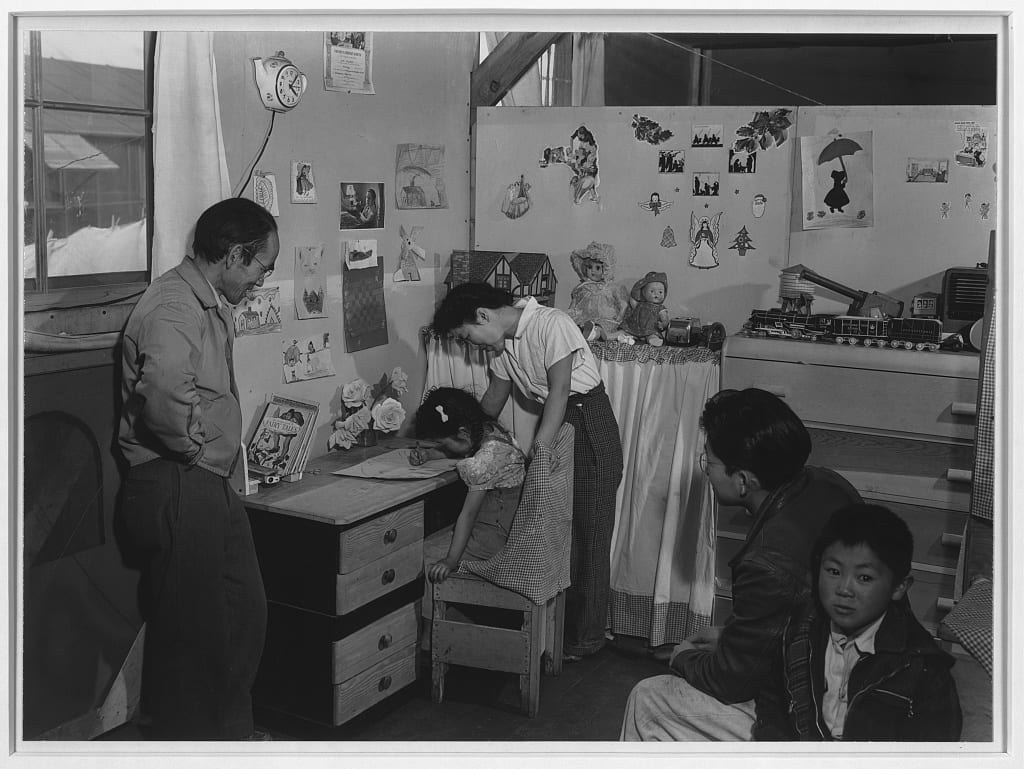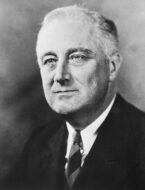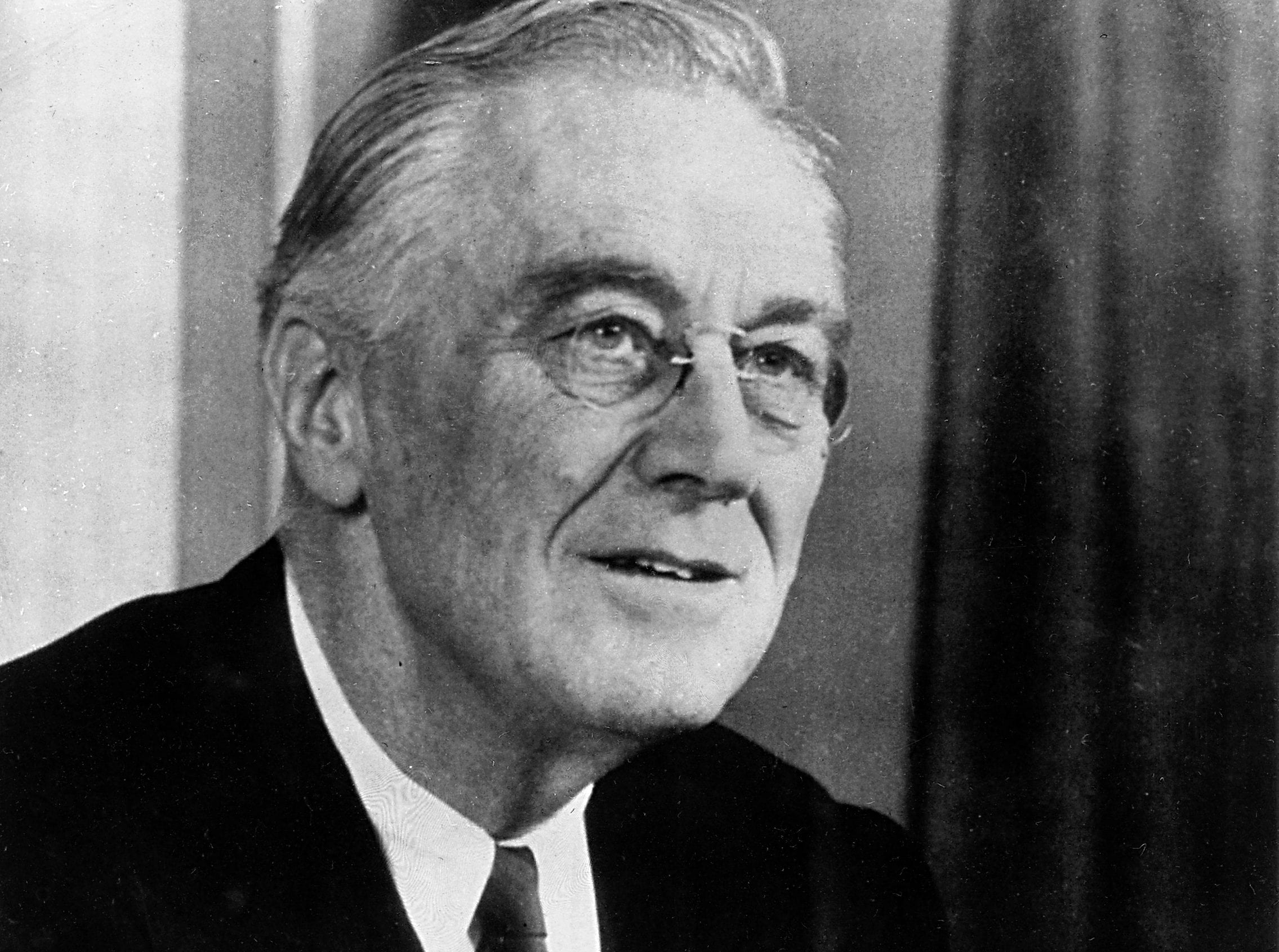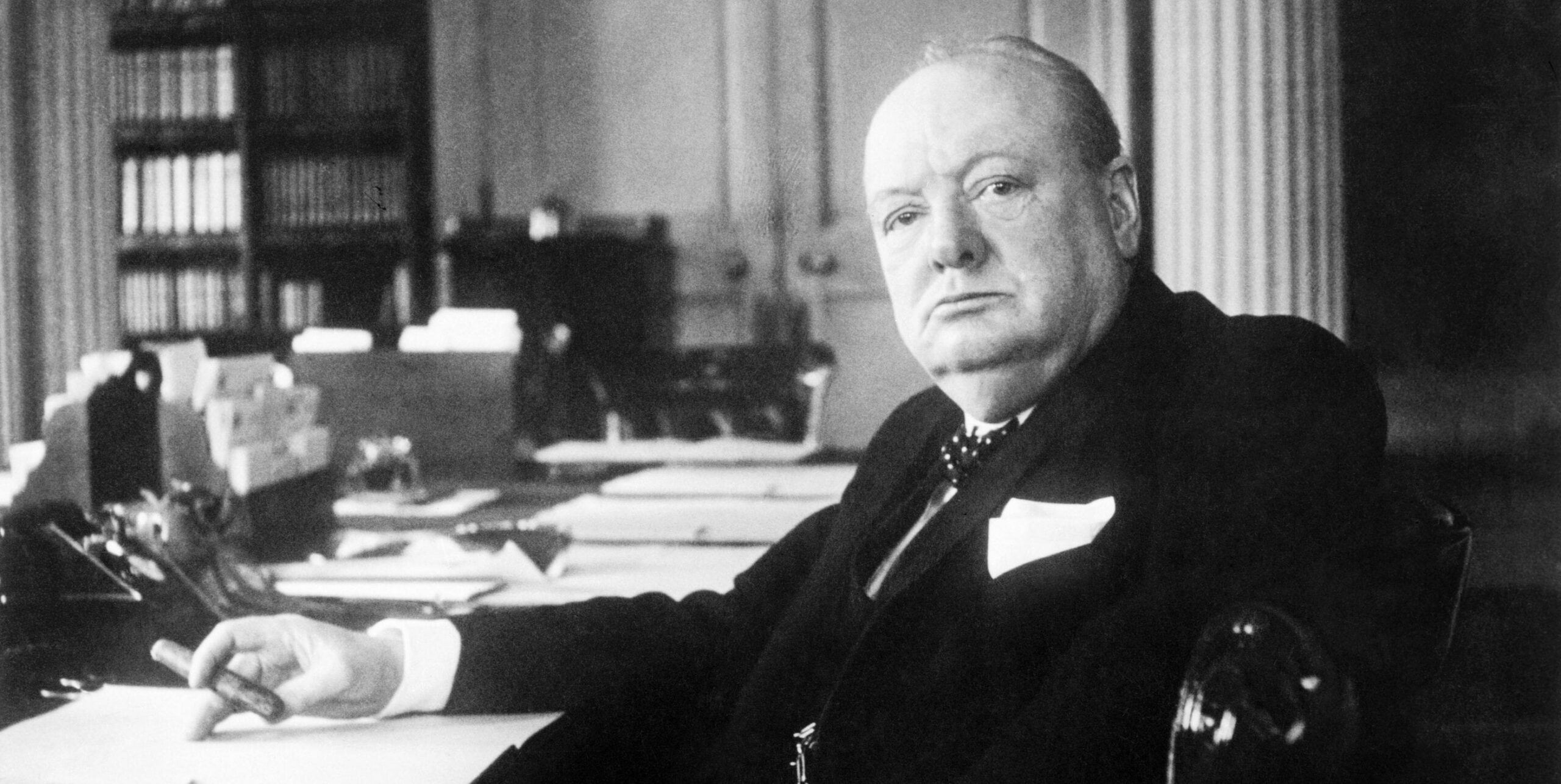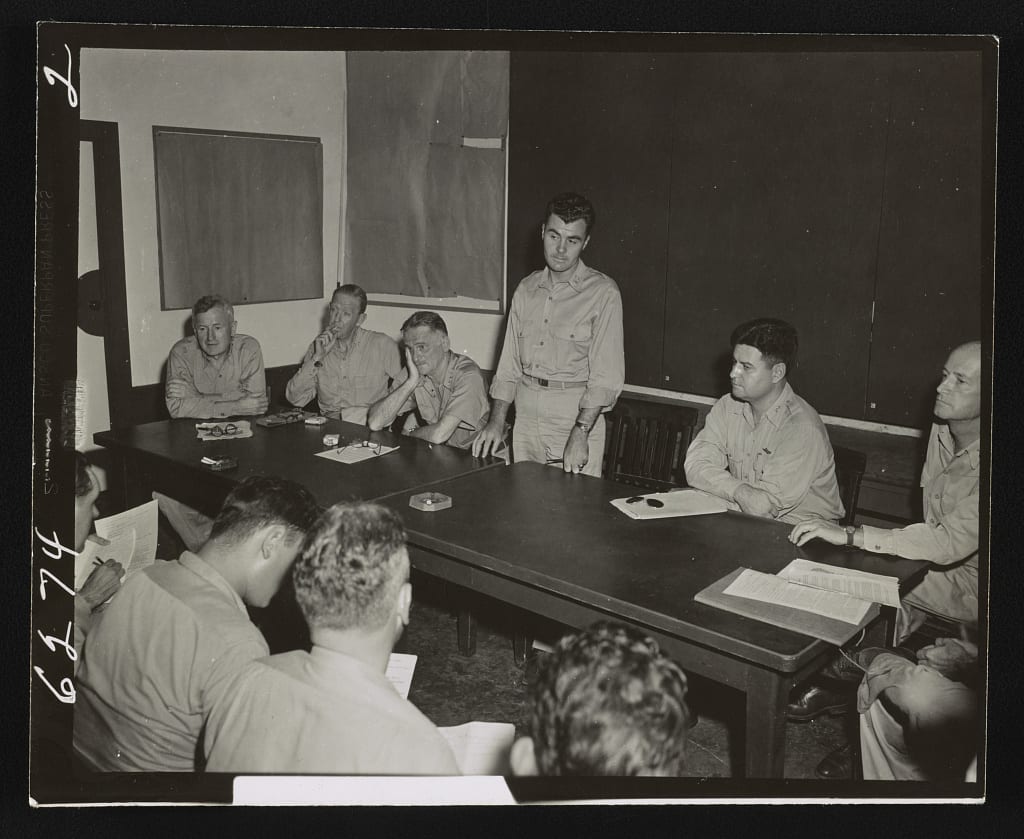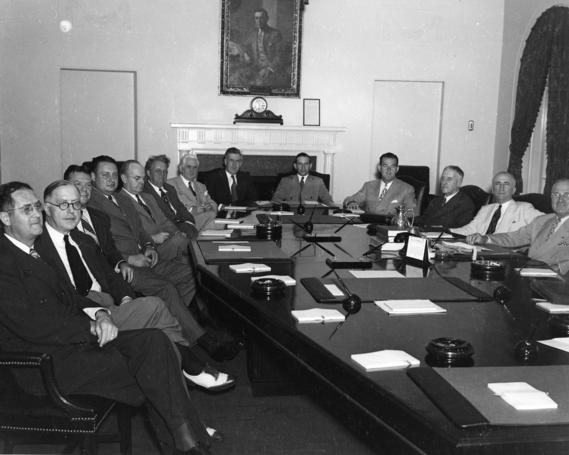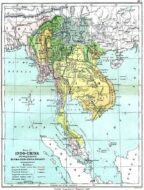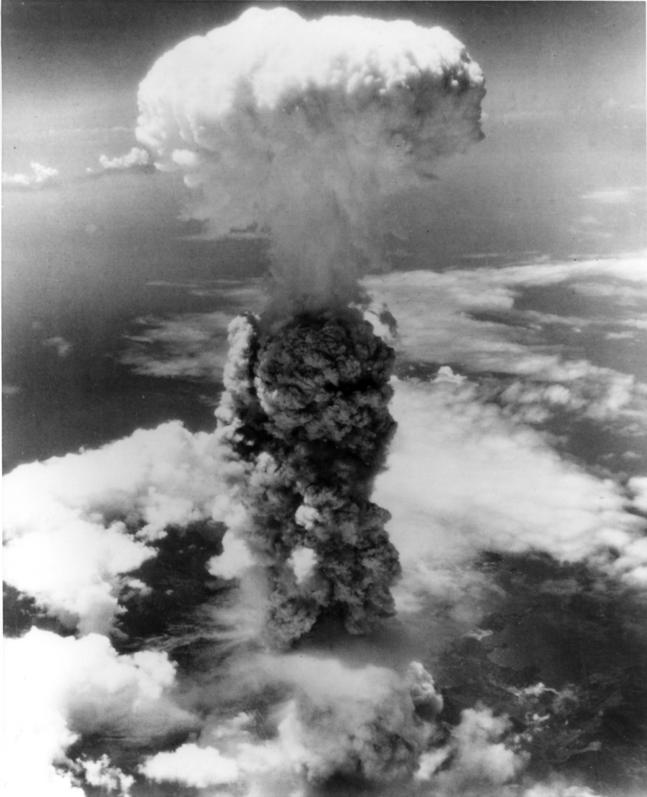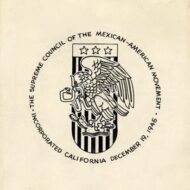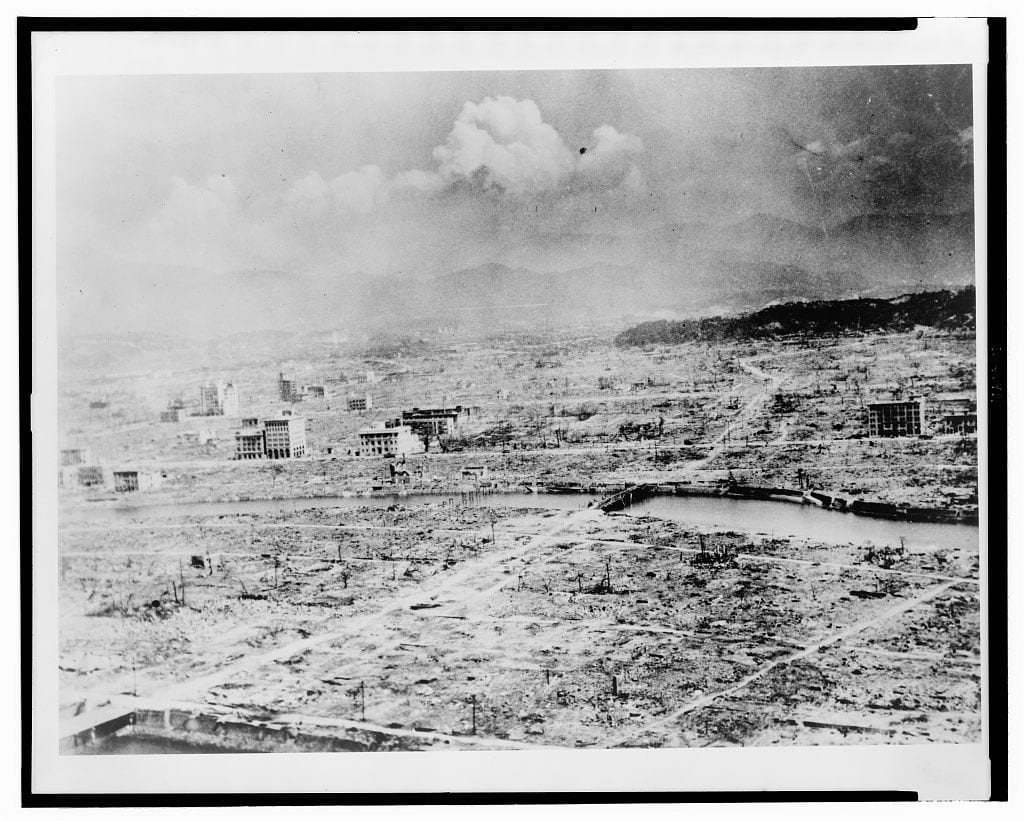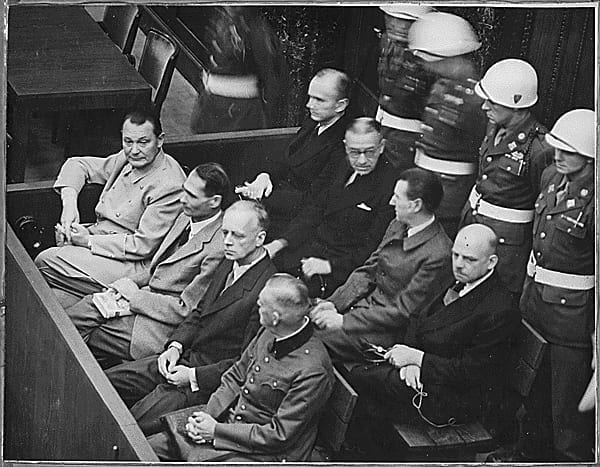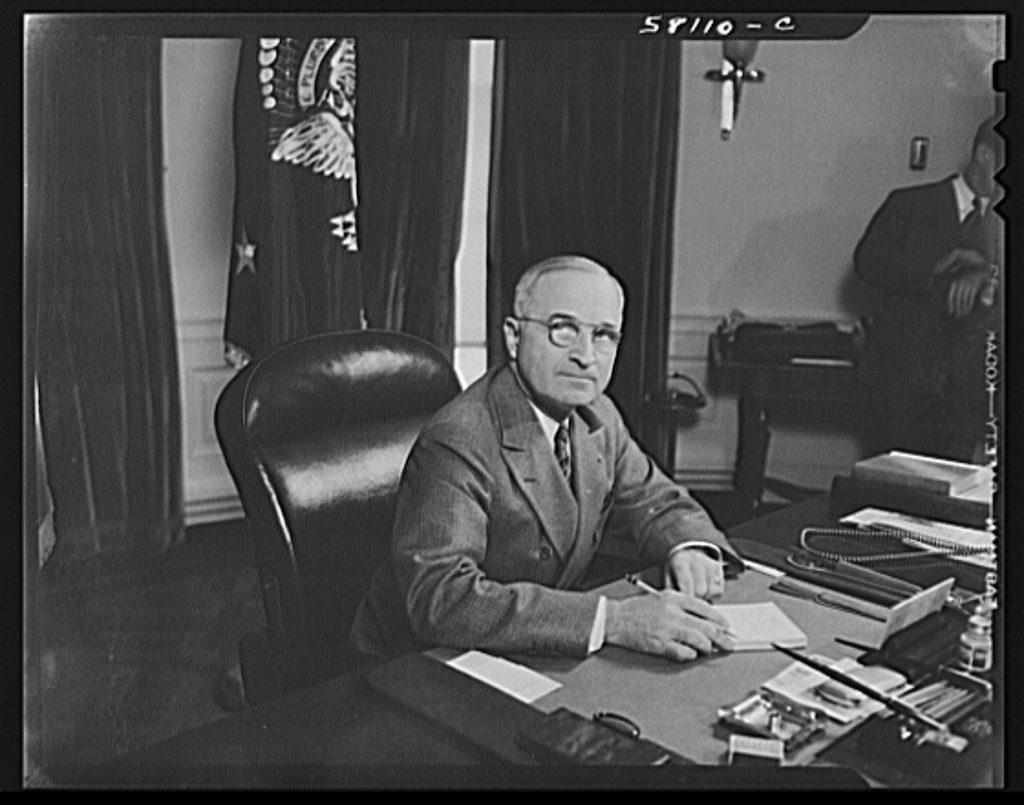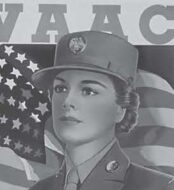
Introduction
World War II created such a need for manpower that it drew African American men and women into the national effort for victory (See “Why Should We March”). As the war came to an end, they hoped not only to maintain what they had achieved, but to gain full equality as American citizens (see images E and G). At the same time, they remembered the violent reassertion of the status quo following World War I (See “Returning Soldiers” and Final Report on Negro Subversion). In 1946, that seemed to be recurring, as there were several violent attacks on African American veterans, including the beating to blindness of Isaac Woodard (1919–1992), who was on his way home in his uniform, because he argued with a white bus driver.
In response to this violence, civil rights activists organized the National Emergency Committee Against Mob Violence to publicize what was happening. Members of the Committee met with President Truman at the White House in September 1946. When Truman heard their account, he promised to set up a Presidential Commission on civil rights. The Commission issued its report, To Secure These Rights, in December 1947. The title was taken from the statement in the Declaration of Independence that all men have rights, and “that to secure these rights, governments are instituted among men, deriving their just powers from the consent of the governed.”
The report was a comprehensive statement of the obstacles that prevented African Americans and other Americans from enjoying full citizenship and equal participation in American life. In addition to the issues covered in the excerpt below, the report covered, among others, infringements of rights of conscience and free expression (including the rights of Communists to express their views); the internment of the Japanese in World War II; and discrimination in the military and in medical care. The report also proposed a broad range of remedies, including using the full power of the federal government, including the judiciary, principally, the Supreme Court. Truman used the power of his office to desegregate the U.S. military, one of the report’s recommendations, by executive order in 1948. In its attack on the principle of “separate but equal,” the report anticipated by seven years the Supreme Court’s decision in Brown v. Board of Education. Overall, the report set the reform agenda for the next two decades. Its recommendations became law in the Civil Rights Act (1964), the Voting Rights Act (1965), and the Fair Housing Act (1968).
Truman ran some political risk by pushing civil rights because it alienated some southern Democrats. They broke away from the Democratic party in 1948 to form the short-lived Dixiecrat party. On the other hand, Truman’s stance appealed to blacks in northern cities. Many of them had migrated north from the South and had become an important group of voters for northern Democrats. Truman’s efforts had the support of these transplanted Blacks and the support of northern Democrats, who relied on their votes.
Source: To Secure These Rights: The Report of the President’s Committee on Civil Rights (Washington, DC: U.S. Government Printing Office, 1947), available at https://www.trumanlibrary.gov/library/to-secure-these-rights#VII.
. . . [W]e have almost exclusively focused our attention on the bad side of our record—on what might be called the civil rights frontier.
This necessary emphasis upon our country’s failures should not be permitted to obscure the real measure of its successes. No fair-minded student of American history, or of world history, will deny to the United States a position of leadership in enlarging the range of human liberties and rights, in recognizing and stating the ideals of freedom and equality, and in steadily and loyally working to make those ideals a reality. Whatever our failures in practice have been or may be, there has never been a time when the American people have doubted the validity of those ideals. We still regard them as vital to our democratic system. . . .
But our purpose is not to praise our country’s progress. We believe its impressive achievements must be used as a stimulus to further progress, rather than as an excuse for complacency.
At an early point in our work we decided to define our task broadly, to go beyond the specific flagrant outrages to which the President referred in his statement to the Committee. We have done this because these individual instances are only reflections of deeper maladies. We believe we must cure the disease as well as treat its symptoms. Moreover, we are convinced that the term “civil rights” itself has with great wisdom been used flexibly in American history. . . .
. . . Civil rights, after all, are statements of aspirations, of demands which we make on ourselves and our society. We believe that the principles which underlie them are timeless. But we have selected for treatment those whose implementation is a pressing requirement. . . .
Chapter I The American Heritage: the Promise of Freedom and Equality
In the time that it takes to read this report, 1,000 Americans will be born. These new Americans will come into families whose religious faiths are a roster of all those which men hold sacred. Their names will be strange and varied, echoes from every corner of the world. Their skins will range in color from black to white. A few will be born to riches, more to average comfort, and too many to poverty. All of them will be Americans.
These new Americans, drawn from all of the races of mankind, provide a challenge to our American democracy. We have a great heritage of freedom and equality for all men, sometimes called “the American way.” Yet we cannot avoid the knowledge that the American ideal still awaits complete realization. . . .
The Ideal of Freedom and Equality
The central theme in our American heritage is the importance of the individual person. From the earliest moment of our history we have believed that every human being has an essential dignity and integrity which must be respected and safeguarded. Moreover, we believe that the welfare of the individual is the final goal of group life. Our American heritage further teaches that to be secure in the rights he wishes for himself, each man must be willing to respect the rights of other men. This is the conscious recognition of a basic moral principle: all men are created equal as well as free. Stemming from this principle is the obligation to build social institutions that will guarantee equality of opportunity to all men. Without this equality freedom becomes an illusion. Thus the only aristocracy that is consistent with the free way of life is an aristocracy of talent and achievement. The grounds on which our society accords respect, influence or reward to each of its citizens must be limited to the quality of his personal character[1] and of his social contribution. . . .
Thus, the aspirations and achievements of each member of our society are to be limited only by the skills and energies he brings to the opportunities equally offered to all Americans. We can tolerate no restrictions upon the individual which depend upon irrelevant factors such as his race, his color, his religion or the social position to which he is born.
Government And Freedom
The men who founded our Republic, as those who have built any constitutional democracy, faced the task of reconciling personal liberty and group authority, or of establishing an equilibrium between them. In a democratic state we recognize that the common interests of the people must be managed by laws and procedures established by majority rule. But a democratic majority, left unrestrained, may be as ruthless and tyrannical as were the earlier absolute monarchs. Seeing this clearly, and fearing it greatly, our forefathers built a constitutional system in which valued personal liberties, carefully enumerated in a Bill of Rights, were placed beyond the reach of popular majorities. Thus the people permanently denied the federal government power to interfere with certain personal rights and freedoms.
Freedom, however, as we now use the term, means even more than the traditional “freedoms” listed in our Bill of Rights—important as they are. Freedom has come to mean the right of a man to manage his own affairs as he sees fit up to the point where what he does interferes with the equal rights of others in the community to manage their affairs—or up to the point where he begins to injure the welfare of the whole group. It is clear that in modern democratic society a man’s freedom in this broader sense is not and cannot be absolute—nor does it exist in a vacuum—but instead is hedged about by the competing rights of others and the demands of the social welfare. In this context it is government which must referee the clashes which arise among the freedoms of citizens, and protect each citizen in the enjoyment of the maximum freedom to which he is entitled.
There is no essential conflict between freedom and government. Bills of rights restrain government from abridging individual civil liberties, while government itself by sound legislative policies protects citizens against the aggressions of others seeking to push their freedoms too far. Thus in the words of the Declaration of Independence: “Man is endowed by his Creator with certain inalienable rights. Among these are life, liberty, and the pursuit of happiness. To secure these rights, governments are instituted among men.”. . .
The Heritage and the Reality
Our American heritage of freedom and equality has given us prestige among the nations of the world and a strong feeling of national pride at home. There is much reason for that pride. But pride is no substitute for steady and honest performance, and the record shows that at varying times in American history the gulf between ideals and practice has been wide. We have had human slavery. We have had religious persecution. We have had mob rule. We still have their ideological remnants in the unwarrantable “pride and prejudice” of some of our people and practices. From our work as a Committee, we have learned much that has shocked us, and much that has made us feel ashamed. But we have seen nothing to shake our conviction that the civil rights of the American people — all of them—can be strengthened quickly and effectively by the normal processes of democratic, constitutional government. That strengthening, we believe, will make our daily life more and more consonant with the spirit of the American heritage of freedom. But it will require as much courage, as much imagination, as much perseverance as anything which we have ever done together. The members of this Committee reaffirm their faith in the American heritage and in its promise.
Chapter II The Record: Short of the Goal
. . .
The Crime of Lynching
In 1946 at least six persons in the United States were lynched by mobs. Three of them had not been charged, either by the police or anyone else, with an offense. Of the three that had been charged, one had been accused of stealing a saddle. (The real thieves were discovered after the lynching.) Another was said to have broken into a house. A third was charged with stabbing a man. All were Negroes. During the same year, mobs were prevented from lynching 22 persons, of whom 21 were Negroes, 1 white. . . .
The communities in which lynchings occur tend to condone the crime. Punishment of lynchers is not accepted as the responsibility of state or local governments in these communities. Frequently, state officials participate in the crime, actively or passively. Federal efforts to punish the crime are resisted. Condonation of lynching is indicated by the failure of some local law enforcement officials to make adequate efforts to break up a mob. It is further shown by failure in most cases to make any real effort to apprehend or try those guilty. If the federal government enters a case, local officials sometimes actively resist the federal investigation. Local citizens often combine to impede the effort to apprehend the criminals by convenient “loss of memory”; grand juries refuse to indict; trial juries acquit in the face of overwhelming proof of guilt. . . .
Most rescues from lynchings are made by local officials. There is heartening evidence that an ever-increasing number of these officers have the will and the courage to defend their prisoners against mob action. But this reflects only partial progress toward adequate law enforcement. . . .
The almost complete immunity from punishment enjoyed by lynchers is merely a striking form of the broad and general immunity from punishment enjoyed by whites in many communities for less extreme offenses against Negroes. Moreover, lynching is the ultimate threat by which his inferior status is driven home to the Negro. As a terrorist device, it reinforces all the other disabilities placed upon him. The threat of lynching always hangs over the head of the southern Negro; the knowledge that a misinterpreted word or action can lead to his death is a dreadful burden.
Police Brutality
We have reported the failure of some public officials to fulfill their most elementary duty—the protection of persons against mob violence. We must also report more widespread and varied forms of official misconduct. These include violent physical attacks by police officers on members of minority groups, the use of third-degree[2] methods to extort confessions, and brutality against prisoners. Civil rights violations of this kind are by no means universal and many law enforcement agencies have gone far in recent years toward stamping out these evils.
In various localities, scattered throughout the country, unprofessional or undisciplined police, while avoiding brutality, fail to recognize and to safeguard the civil rights of the citizenry. Insensitive to the necessary limits of police authority, untrained officers frequently overstep the bounds of their proper duties. . . .
Much of the illegal official action which has been brought to the attention of the Committee is centered in the South. There is evidence of lawless police action against whites and Negroes alike, but the dominant pattern is that of race prejudice. . . .
Involuntary Servitude
Slavery was abolished in this country nearly a century ago, and in its traditional form has disappeared. But the temptation to force poor and defenseless persons, by one device or another, into a condition of virtual slavery, still exists. As recently as 1944, in the case of Pollock v. Williams, the Supreme Court struck down as a violation of the Thirteenth Amendment to the Constitution an Alabama statute which enabled employers to force employees, in debt on account of advanced wage payments, to continue to work for them under threat of criminal punishment. This is one of the more subtle devices for securing forced labor. More direct is the practice whereby sheriffs in some areas free prisoners into the custody of local entrepreneurs who pay fines or post bonds. The prisoners then work for their “benefactors” under threat of returning to jail. Sometimes the original charge against the prisoners is trumped up for the purpose of securing labor by this means. In still other instances persons have been held in peonage by sheer force or by threats of prosecution for debt.
Since the Civil Rights Section was established in 1939, a widespread decline in peonage and involuntary servitude has occurred. However, the threat has not entirely disappeared. . . .
The Right To Vote
The right of all qualified citizens to vote is today considered axiomatic by most Americans. . . . The franchise is barred to some citizens because of race; to others by institutions or procedures which impede free access to the polls. Still other Americans are in substance disfranchised whenever electoral irregularities or corrupt practices dissipate their votes or distort their intended purpose. . . . As a result of such restrictions, all of these citizens are limited, in varying degrees, in their opportunities to seek office and to influence the conduct of government on an equal plane with other American citizens.
The denial of the suffrage on account of race is the most serious present interference with the right to vote. Until very recently, American Negro citizens in most southern states found it difficult to vote. Some Negroes have voted in parts of the upper South for the last twenty years. In recent years the situation in the deep South has changed to the point where it can be said that Negroes are beginning to exercise the political rights of free Americans. In the light of history, this represents progress, limited and precarious, but nevertheless progress. . . .
Until 1944, the white primary, by which participation in the Democratic primary is limited to white citizens, was used in Texas, Alabama, Arkansas, Georgia, Louisiana, and Mississippi as the most effective modern “legal” device for disfranchising Negroes. While some southern Negroes succeeded in spite of various obstacles in voting in general elections, almost none voted in the Democratic primaries. Since the Democratic primary is the only election of any significance, the device of the white primary resulted in exclusion of Negroes from government in these states. . . .
But in 1944, the United States Supreme Court in the case of Smith v. Allwright overruled an earlier decision and held the Texas white primary illegal. It declared that the exclusion rules of the Texas Democratic Party were in effect the rules of the state and were therefore forbidden by the Fifteenth Amendment. . . .
The poll tax—another important legal obstacle to full suffrage in some southern states—limits white as well as Negro suffrage. The poll tax has frequently had an unequal racial effect, since, like the “understand and explain” clauses,[3] it has been administered in a discriminatory manner. It has been very effective as an anti-Negro device. A poll tax simply places the payment of a fee between the voter and the ballot box. . . .
In addition to formal, legal methods of disfranchisement, there are the long-standing techniques of terror and intimidation, in the face of which great courage is required of the Negro who tries to vote. . . .
The Right to Employment
In private business, in government, and in labor unions, the war years saw a marked advance both in hiring policies and in the removal of on-the-job discriminatory practices. Several factors contributed to this progress. The short labor market, the sense of unity among the people, and the leadership provided by the government all helped bring about a lessening of unfair employment practices. Yet we did not eliminate discrimination in employment. The Final Report of the federal Fair Employment Practice Committee, established in 1941 by President Roosevelt to eliminate discrimination in both government and private employment related to the war effort, makes this clear. . . .
. . . Exclusions of Negroes, Jews, or Mexicans in the process of hiring is effected in various ways—by newspaper advertisements requesting only whites or gentiles to apply, by registration or application blanks on which a space is reserved for “race” or “religion,” by discriminatory job orders placed with employment agencies, or by the arbitrary policy of a company official in charge of hiring.
Discrimination in hiring has forced many minority workers into low paying and often menial jobs such as common laborer and domestic servant. This has done much to bring about the situation reported by the Bureau of the Census in 1940.
Striking differences between the occupations of whites and Negroes were shown in 1940 census statistics. Farmers, farm laborers, and other laborers constituted 62.2 percent of all employed Negro men and only 28.5 percent of all employed white men. Only about 5 percent of all employed Negro men, compared with approximately 30 percent of employed white men, were engaged in professional, semiprofessional, proprietary, managerial, and clerical or sales occupations. Skilled craftsmen represented 15.6 percent of employed white men and only 4.4 percent of employed Negro men. More than half of the Negro craftsmen were mechanics, carpenters, painters, plasterers and cement finishers, and masons. . . .
The Right to Education
. . . We have failed to provide Negroes and, to a lesser extent, other minority group members with equality of educational opportunities in our public institutions, particularly at the elementary and secondary school levels. We have allowed discrimination in the operation of many of our private institutions of higher education, particularly in the North with respect to Jewish students. . . .
[I]t is the South’s segregated school system which most directly discriminates against the Negro. This segregation is found today in 17 southern states and the District of Columbia. Poverty-stricken though it was after the close of the Civil War, the South chose to maintain two sets of public schools, one for whites and one for Negroes. With respect to education, as well as to other public services, the Committee believes that the “separate but equal” rule has not been obeyed in practice. There is a marked difference in quality between the educational opportunities offered white children and Negro children in the separate schools. Whatever test is used—expenditure per pupil, teacher’ salaries, the number of pupils per teacher, transportation of students, adequacy of school buildings and educational equipment, length of school term, extent of curriculum—Negro students are invariably at a disadvantage. Opportunities for Negroes in public institutions of higher education in the South—particularly at the professional graduate school level—are severely limited. . . .
Whether the federal grant-in-aid should be used to support the maintenance of separate schools is an issue that the country must soon face.
The Right to Housing
. . . Discrimination in housing results primarily from business practices. These practices may arise from special interests of business groups, such as the profits to be derived from confining minorities to slum areas, or they may reflect community prejudice. One of the most common practices is the policy of landlords and real estate agents to prevent Negroes from renting outside of designated areas. Again, it is “good business” to develop exclusive “restricted” suburban developments which are barred to all but white gentiles. When Negro veterans seek “GI” loans in order to build homes, they are likely to find that credit from private banks, without whose services there is no possibility of taking advantage of the GI Bill of Rights, is less freely available to members of their race. Private builders show a tendency not to construct new homes except for white occupancy. These interlocking business customs and devices form the core of our discriminatory policy. But community prejudice also finds expression in open public agitation against construction of public housing projects for Negroes, and by violence against Negroes who seek to occupy public housing projects or to build in “white” sections.
The restrictive covenant. — Under rulings of the Supreme Court, it is legally impossible to segregate housing on a racial or religious basis by zoning ordinance. Accordingly, the restrictive covenant has become the most effective modern method of accomplishing such segregation. Restrictive covenants generally take the form of agreements written into deeds of sale by which property owners mutually bind themselves not to sell or lease to an “undesirable.” These agreements have thus far been enforceable by court action.
Through these covenants large areas of land are barred against use by various classes of American citizens. Some are directed against only one minority group, others against a list of minorities. These have included Armenians, Jews, Negroes, Mexicans, Syrians, Japanese, Chinese and Indians.
While we do not know how much land in the country is subject to such restrictions, we do know that many areas, particularly large cities in the North and West, such as Chicago, Cleveland, Washington, D. C., and Los Angeles, are widely affected. . . .
The constitutional and legal validity of this device has been tested in few states. Where there has been litigation, the appellate courts have up to this time uniformly upheld restrictions against use by barred groups and in most instances have also upheld restriction against ownership. . . .
The Right to Public Services and Accommodations
Services supplied by the government should be distributed in a nondiscriminatory way. Activities financed by the public treasury should serve the whole people; they cannot, in consonance with the democratic principle, be used to advance the welfare of a portion of the population only. Moreover, many privately-owned and operated enterprises should recognize a responsibility to sell to all who wish to buy their services. They cannot be permitted to confine their benefits to a selected clientele. This is particularly true of those private businesses which hold franchises from the state or enjoy a monopoly status. Even when no franchise has been granted, and competition exists, certain private businesses because of the essential character of the services they render should serve all comers. It has been made clear to the Committee that unfortunately, many public services, supplied by both government and private business, do not reach all persons on an equality of access basis. . . .
Most Americans patronize restaurants, theaters, shops, and other places offering service to the public according to their individual preferences and their ability to pay. They take their right to enter such places and to be served for granted. This is not the case with other Americans. Because of their race or their color or their creed, they are barred from access to some places and given unequal service in others. In many sections of this country, some people must pause and give thought before they enter places serving the public if they wish to avoid embarrassment, arrest, or even possible violence.
As interpreted by the Supreme Court the Constitution does not guarantee equal access to places of public accommodation and amusement. A Civil Rights Act was passed by Congress in 1875 which declared that no distinction should be made because of race or color in the accommodations offered by inns, public conveyances, theaters, and similar places. This act was declared unconstitutional by the Supreme Court in 1883, in the Civil Rights Cases. Thereafter legislation on the matter was left entirely to the states. They may, and do, either compel segregation, or outlaw it, or they may leave it to the managers of private establishments to make whatever distinction they wish in selecting their patrons.
Eighteen states have statutes prohibiting discrimination in places of public accommodation. . . .
[Twenty] states by law compel segregation in one way or another. The remaining 10 states have no laws on the subject. In the states with compulsory segregation laws Negroes are usually separated from whites in all forms of public transportation, and in hotels, restaurants, and places of amusement. Fourteen states require railroads to separate the races, and two authorize railroads to provide such separation. Train conductors are given power to enforce these laws. Under the Supreme Court decision in Morgan v. Virginia, such laws do not apply to passengers in interstate transportation. However, this decision does not prevent carriers from voluntarily enforcing segregation. Eight states require separate waiting rooms, 11 require separation in buses, 10 in street cars and three in steamships and ferries. In instances where completely separate facilities are provided, as in railroad coaches and waiting rooms, those set aside for the Negro are usually inferior in quality.
In the states which do legally secure the right of access, practice does not necessarily conform to the law. One prominent Negro has stated that it is difficult to find a meal or a hotel room in the downtown areas of most northern cities. The display of “whites only” signs may sometimes go unchallenged. When laws guaranteeing equal access to places of public accommodation are enforced, the penalty is usually small and the chance of being prosecuted or sued a second time is slight. . . .
Segregation Reconsidered . . .
Legally-enforced segregation has been largely limited to the South. But segregation is also widely prevalent in the North, particularly in housing, and in hotel and restaurant accommodations. Segregation has not been enforced by states alone. The federal government has tolerated it even where it has full authority to eliminate it. We have already examined the situation in the armed forces. . . .
So long as laws requiring segregation do not establish unequal facilities, the legal doctrine holds, there is no unreasonable discrimination and therefore no denial of equal protection under the law.[4] . . .
. . . In the Committee’s opinion this is one of the outstanding myths of American history for it is almost always true that while indeed separate, these facilities are far from equal. Throughout the segregated public institutions, Negroes have been denied an equal share of tax-supported services and facilities. So far as private institutions are concerned, there is no specific legal disability on the right of Negroes to develop equal institutions of their own. However, the economic, social, and indirect legal obstacles to this course are staggering. . . .
. . . [W]e believe that not even the most mathematically precise equality of segregated institutions can properly be considered equality under the law. No argument or rationalization can alter this basic fact: a law which forbids a group of American citizens to associate with other citizens in the ordinary course of daily living creates inequality by imposing a caste status on the minority group. . . .
The Committee is not convinced that an end to segregation in education or in the enjoyment of public services essential to people in a modern society would mean an intrusion upon the private life of the individual. In a democracy, each individual must have freedom to choose his friends and to control the pattern of his personal and family life. But we see nothing inconsistent between this freedom and a recognition of the truth that democracy also means that in going to school, working, participating in the political process, serving in the armed forces, enjoying government services in such fields as health and recreation, making use of transportation and other public accommodation facilities, and living in specific communities and neighborhoods, distinctions of race, color, and creed have no place. . . .
Chapter III Government’s Responsibility: Securing the Rights
The national Government of the United States must take the lead in safeguarding the civil rights of all Americans. We believe that this is one of the most important observations that can be made about the civil rights problem in our country today. We agree with words used by the President, in an address at the Lincoln Memorial in Washington in June, 1947:
We must make the Federal Government a friendly, vigilant defender of the rights and equalities of all Americans. . . . Our National Government must show the way. . . .
There are several reasons why we believe the federal government must play a leading role in our efforts as a nation to improve our civil rights record.
First, many of the most serious wrongs against individual rights are committed by private persons or by local public officers. In the most flagrant of all such wrongs—lynching—private individuals, aided upon occasion by state or local officials, are the ones who take the law into their own hands and deprive the victim of his life. The very fact that these outrages continue to occur, coupled with the fact that the states have been unable to eliminate them, points clearly to a strong need for federal safeguards.
Second, it is a sound policy to use the idealism and prestige of our whole people to check the wayward tendencies of a part of them. . . .
Third, our civil rights record has growing international implications. . . .
Fourth, the steadily growing tendency of the American people to look to the national government for the protection of their civil rights is highly significant. . . . It is a demand rooted in the folkways of the people, sound in instinct and reason, and impossible to ignore. The American people are loyal to the institutions of local self government, and distrust highly centralized power. But we have never hesitated to entrust power and responsibility to the national government when need for such a course of action has been demonstrated and the people themselves are convinced of that need.
Finally, the national government should assume leadership in our American civil rights program because there is much in the field of civil rights that it is squarely responsible for in its own direct dealings with millions of persons. . . .
Leadership by the federal government in safeguarding civil rights does not mean exclusive action by that government. There is much that the states and local communities can do in this field, and much that they alone can do. . . .
Everything that government does stems from and is conditioned by the state of public opinion. Civil rights in this country will never be adequately protected until the intelligent will of the American people approves and demands that protection. . . .
Chapter IV A Program of Action: The Committee’s Recommendations
The Time Is Now
Twice before in American history the nation has found it necessary to review the state of its civil rights. The first time was during the 15 years between 1776 and 1791, from the drafting of the Declaration of Independence through the Articles of Confederation experiment to the writing of the Constitution and the Bill of Rights. It was then that the distinctively American heritage was finally distilled from earlier views of liberty. The second time was when the Union was temporarily sundered over the question of whether it could exist “half-slave” and “half-free.”
It is our profound conviction that we have come to a time for a third re-examination of the situation, and a sustained drive ahead. Our reasons for believing this are those of conscience, of self-interest, and survival in a threatening world.[5] . . .
As the Committee concludes this Report we would remind ourselves that the future of our nation rests upon the character, the vision, the high principle of our people. Democracy, brotherhood, human rights—these are practical expressions of the eternal worth of every child of God. With His guidance and help we can move forward toward a nobler social order in which there will be equal opportunity for all.
- 1. On the issue of character, see "The United States Cannot Remain Half-slave and Half-free", footnote 6.
- 2. Intense interrogation; the term probably originates from a stage of achievement in Freemasonry that is conferred only after intense questioning.
- 3. These clauses were in state voting laws and required that individuals be able to read and explain passages from various documents.
- 4. This was the legal doctrine of the Supreme Court decision Plessy v. Ferguson (1896), overturned by Brown v. Board of Education (1954).
- 5. With the term “threatening world,” the Committee referred to the then growing threat from the Soviet Union. Failure to live up to America’s principles, according to the Committee, left the country vulnerable to criticism from the Soviet Union and its supporters, and this would undercut American efforts to stop the advance of communism.
Speech Explaining the Firing of MacArthur
April 13, 1951
Conversation-based seminars for collegial PD, one-day and multi-day seminars, graduate credit seminars (MA degree), online and in-person.
